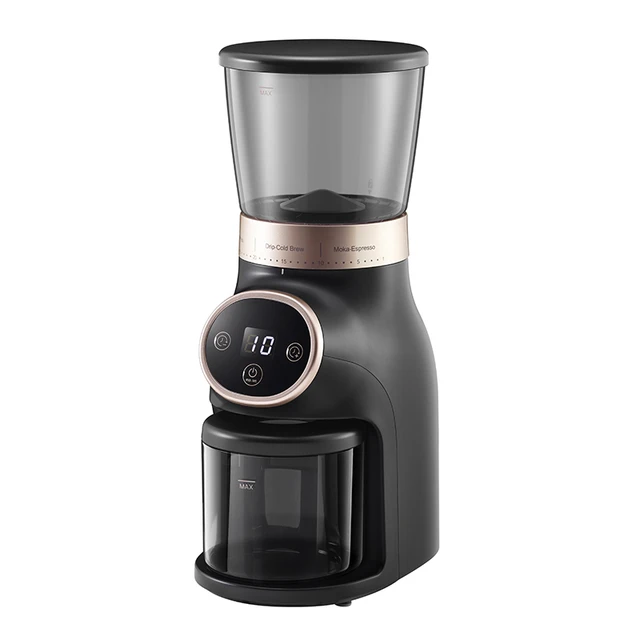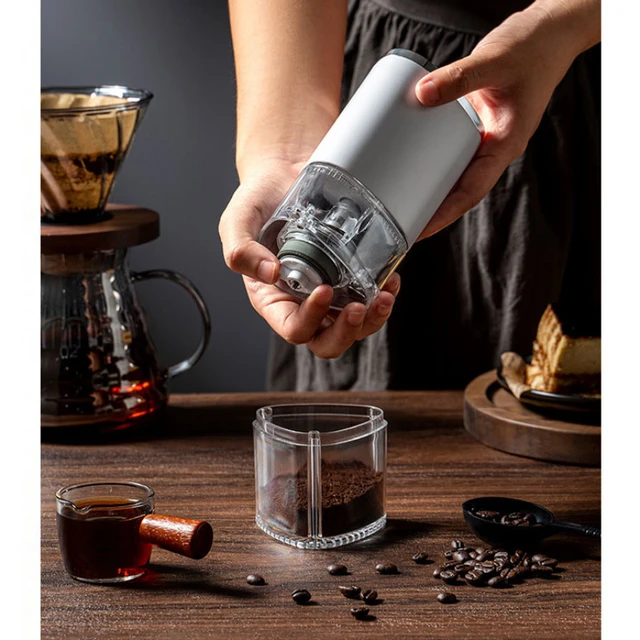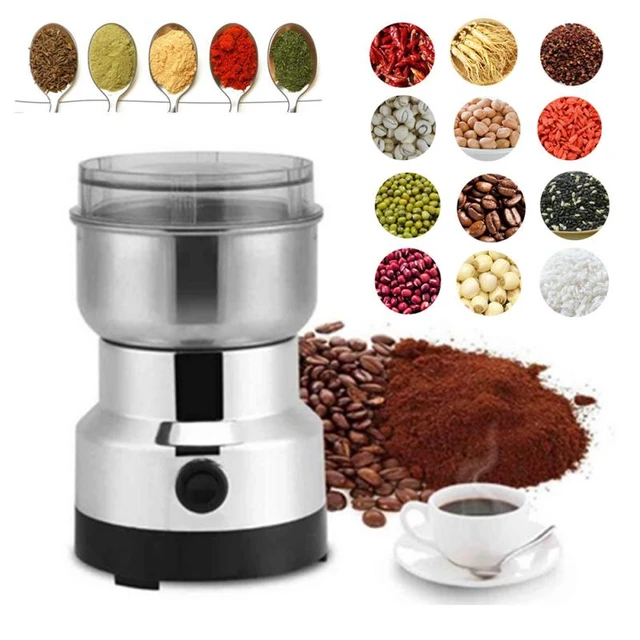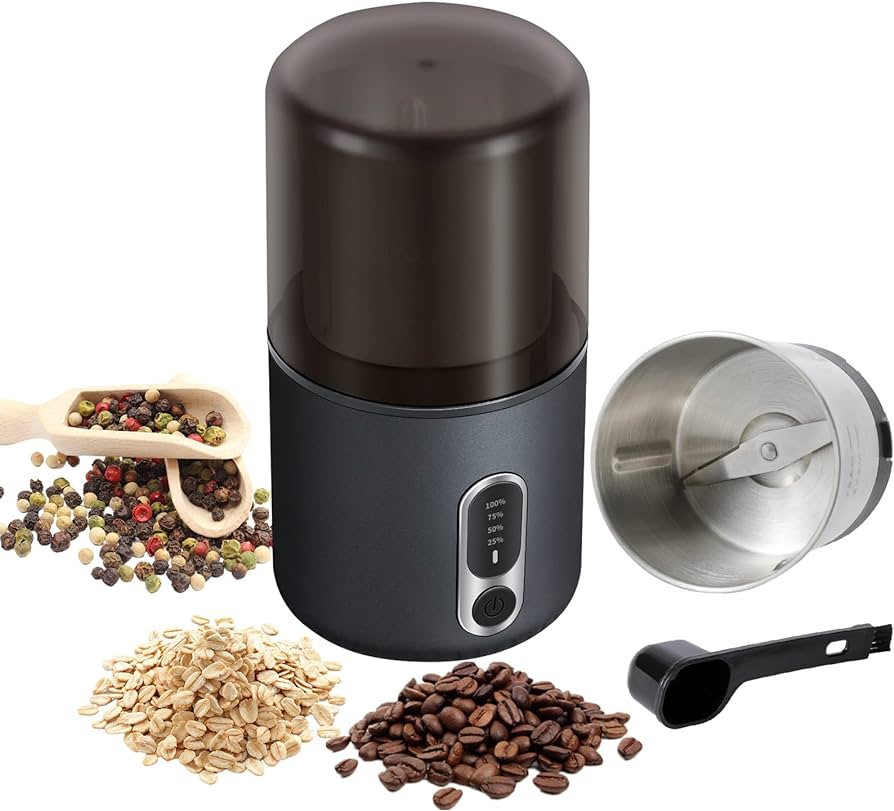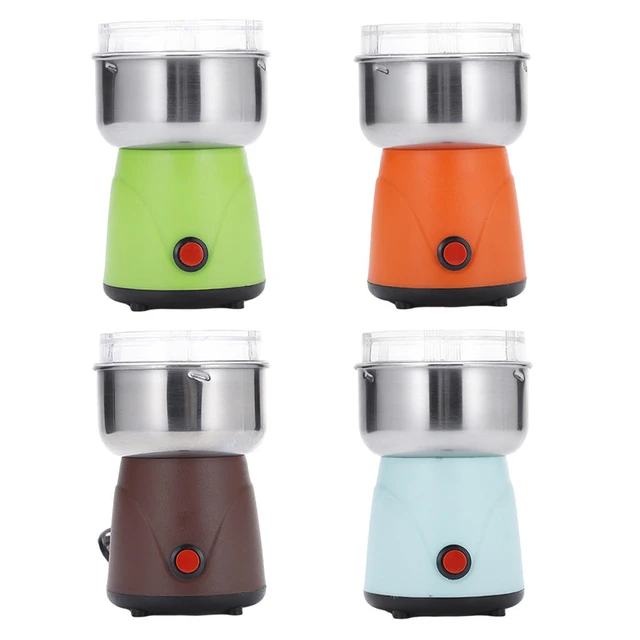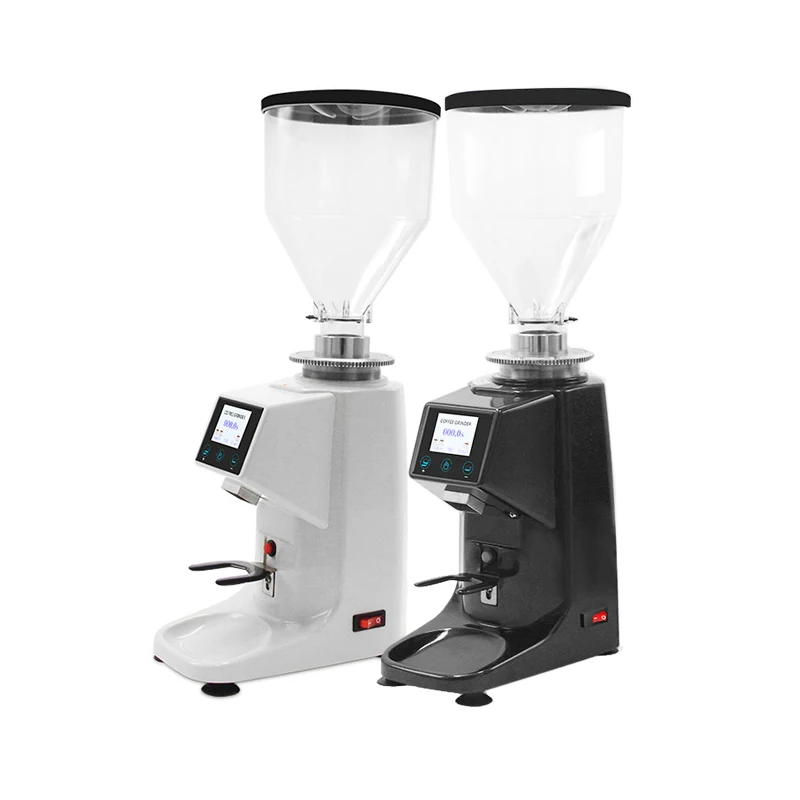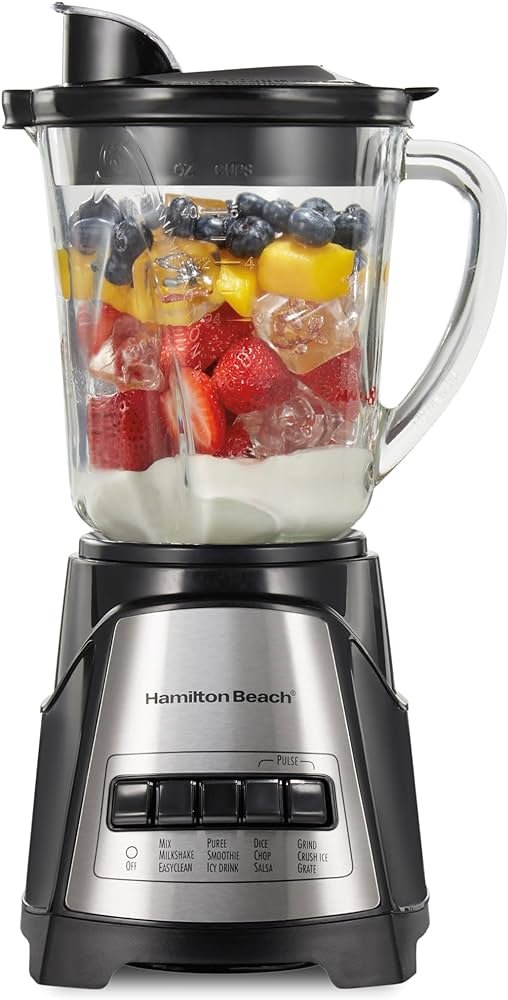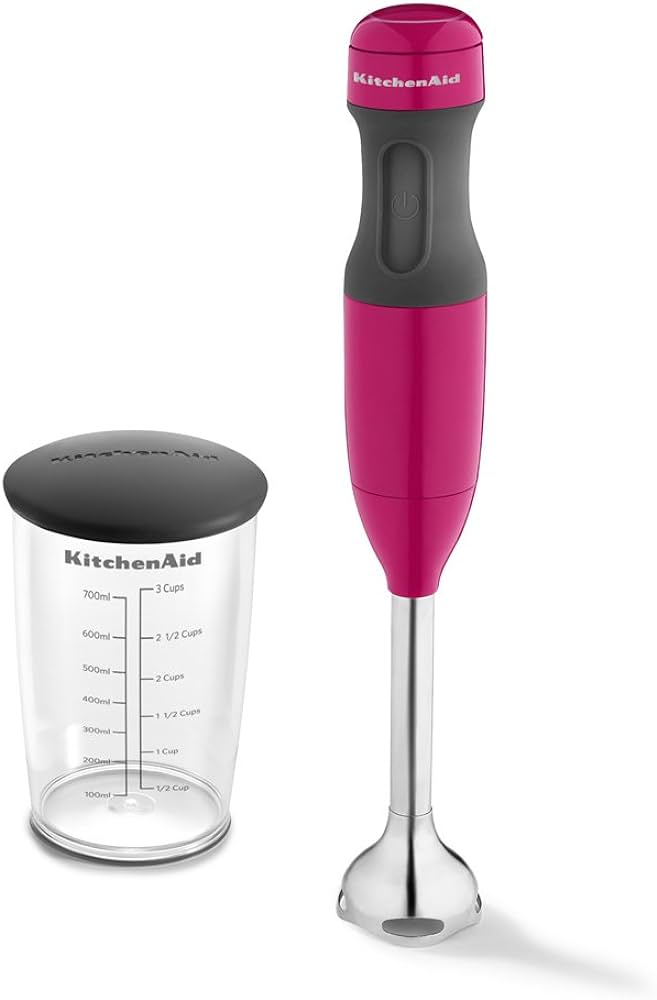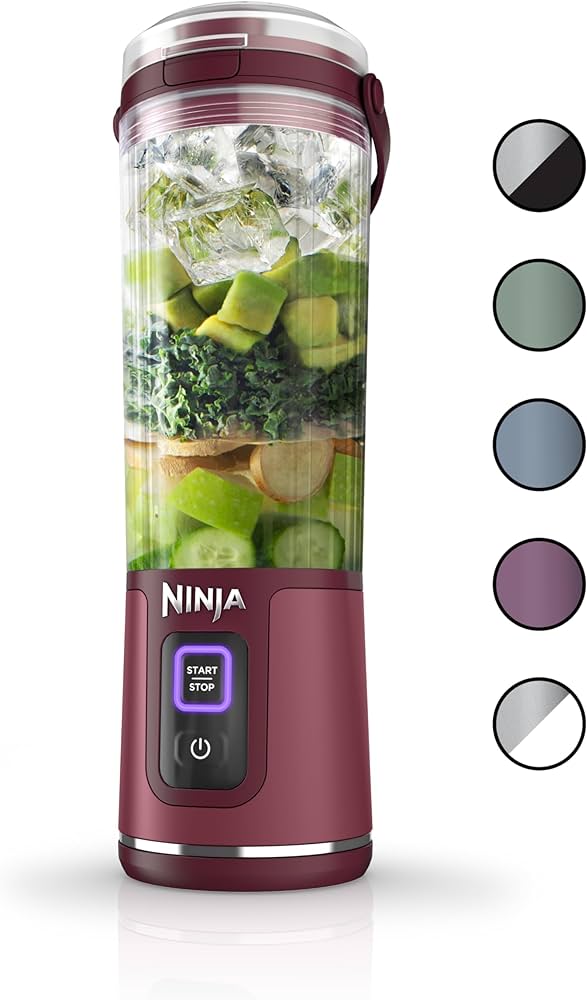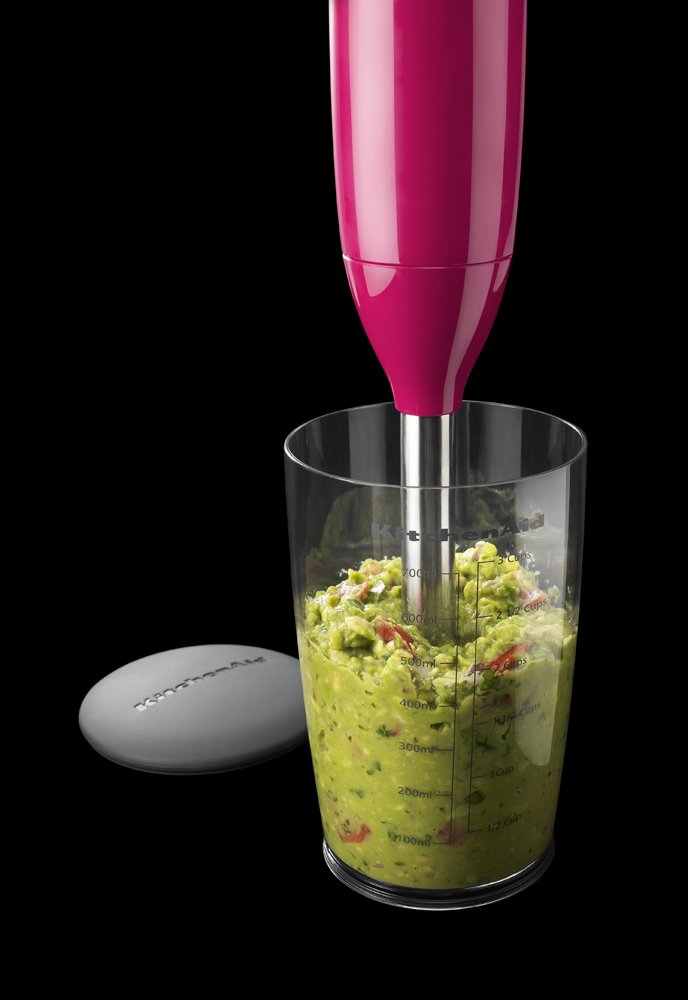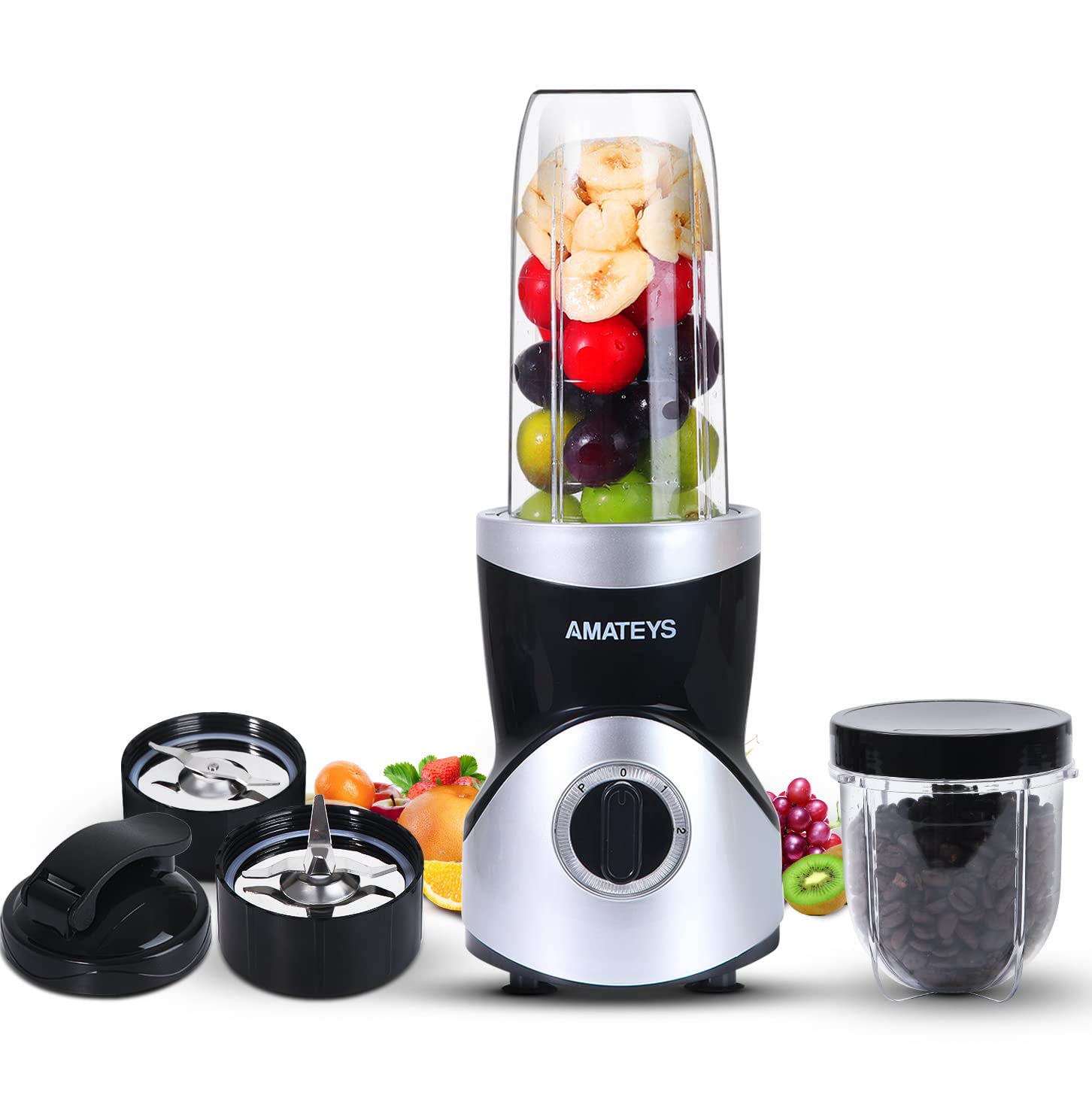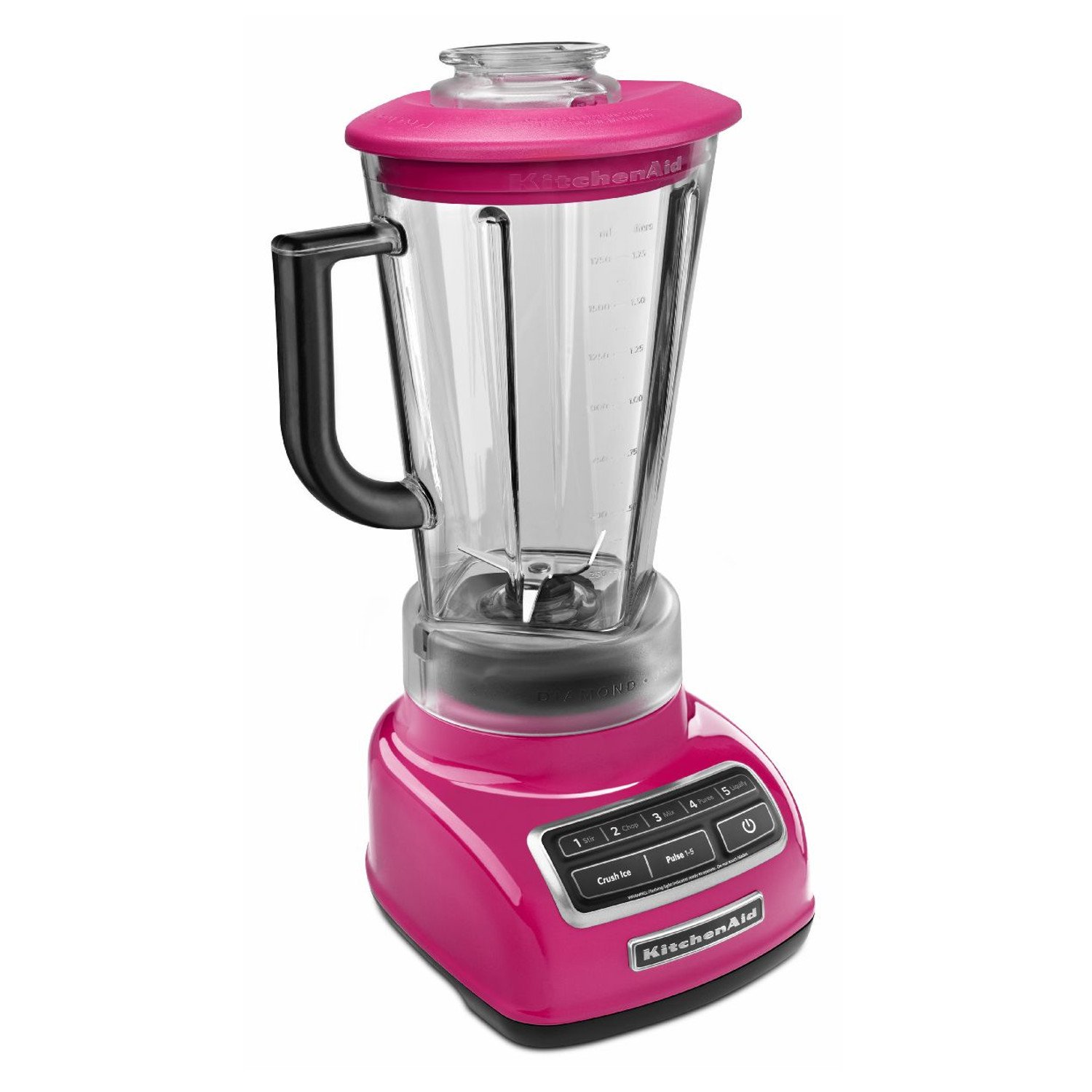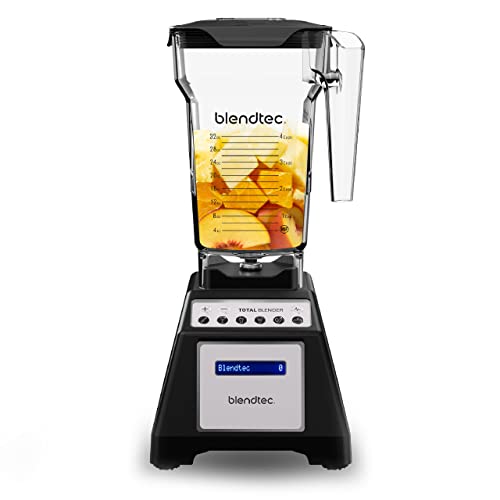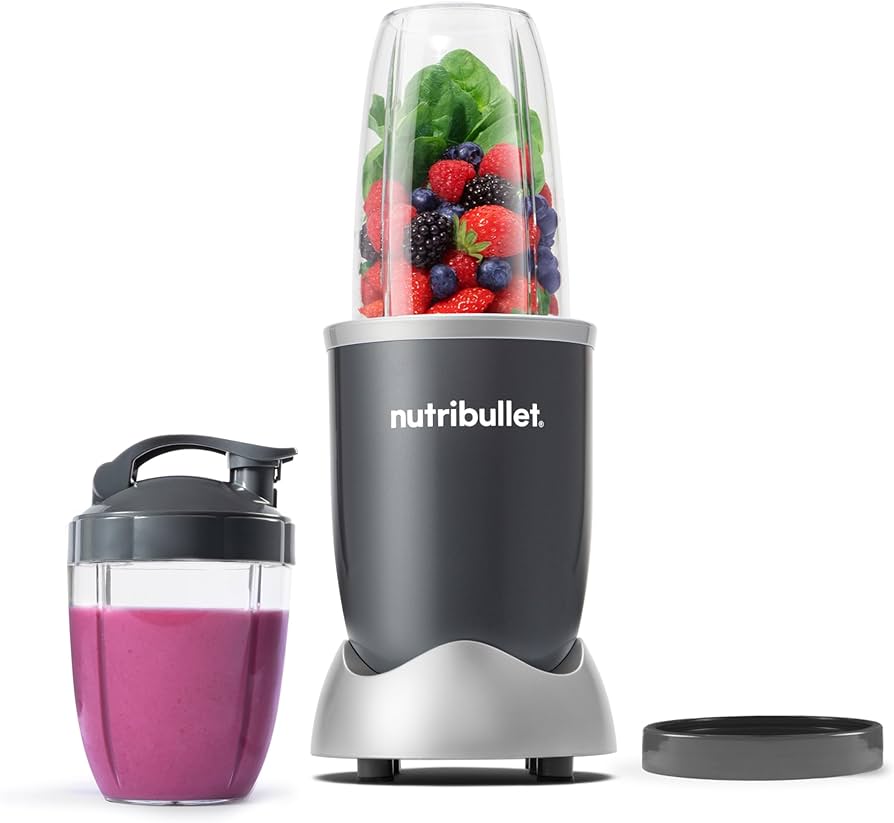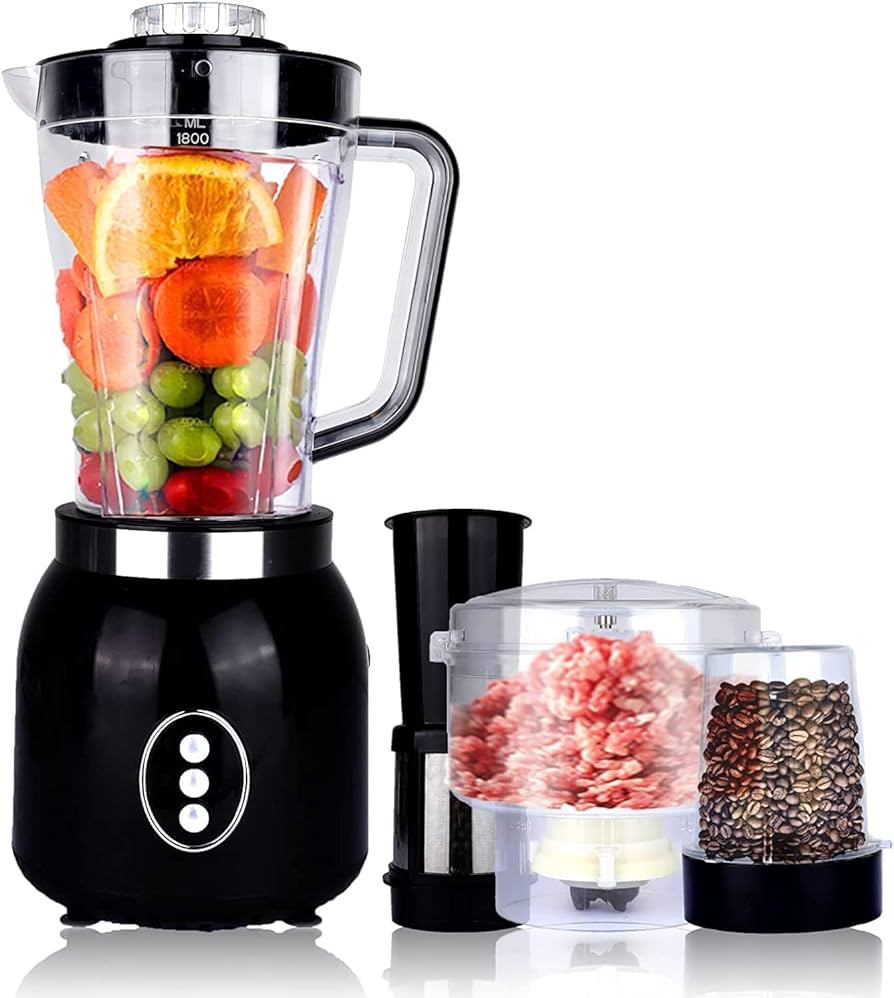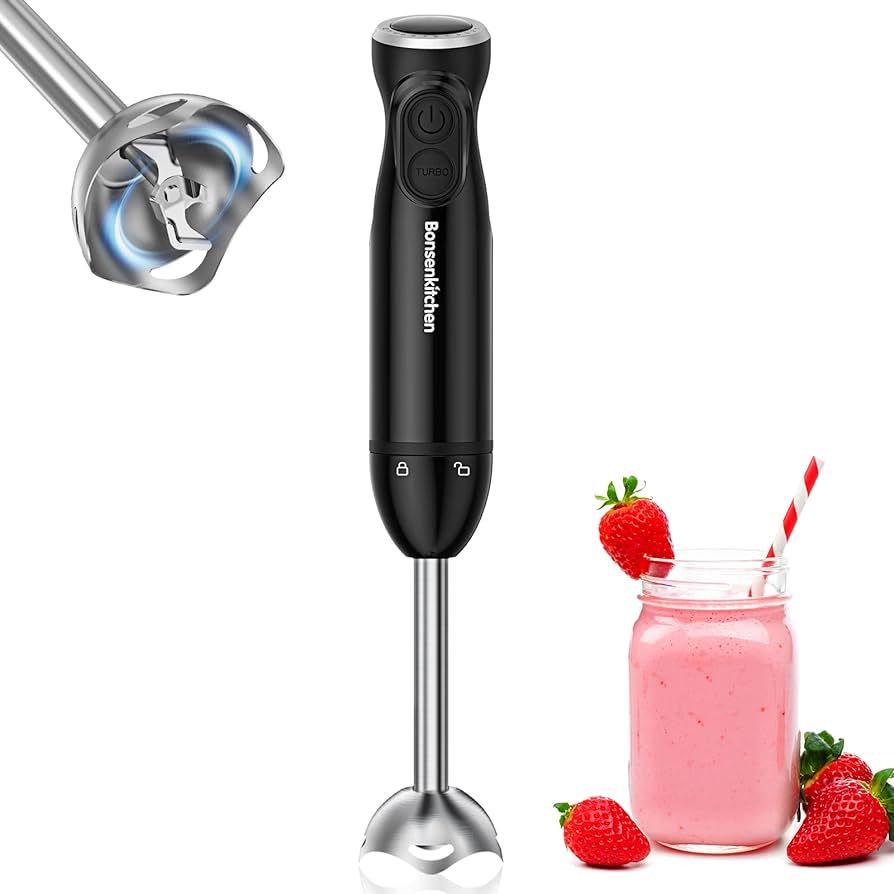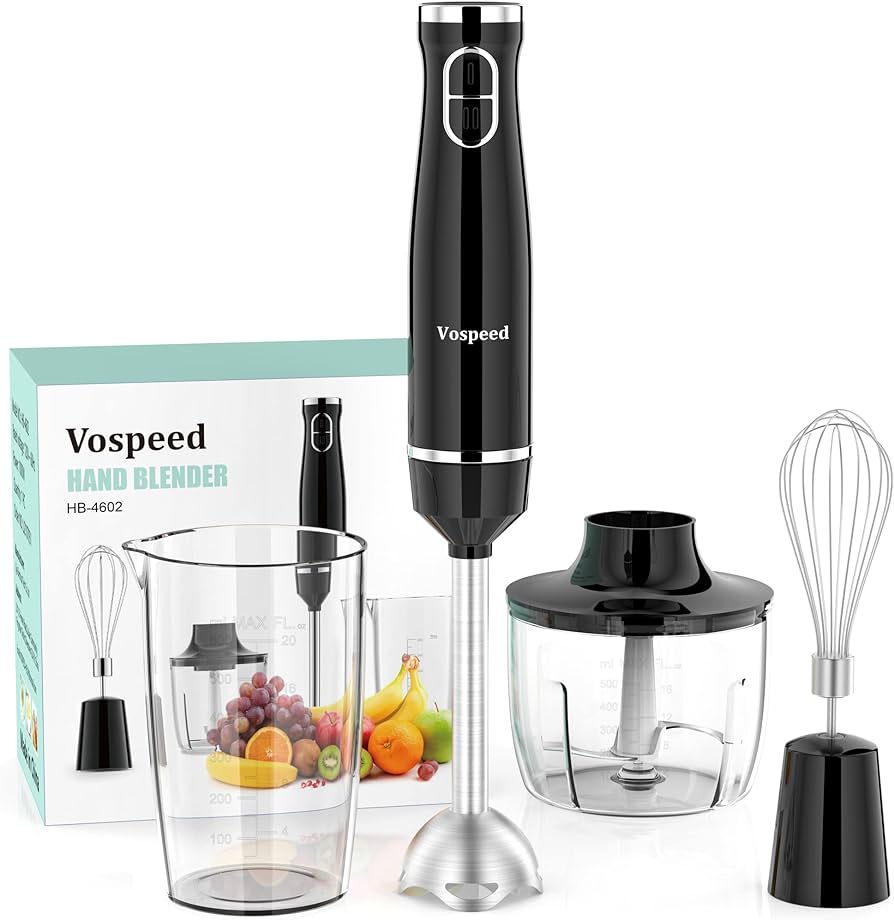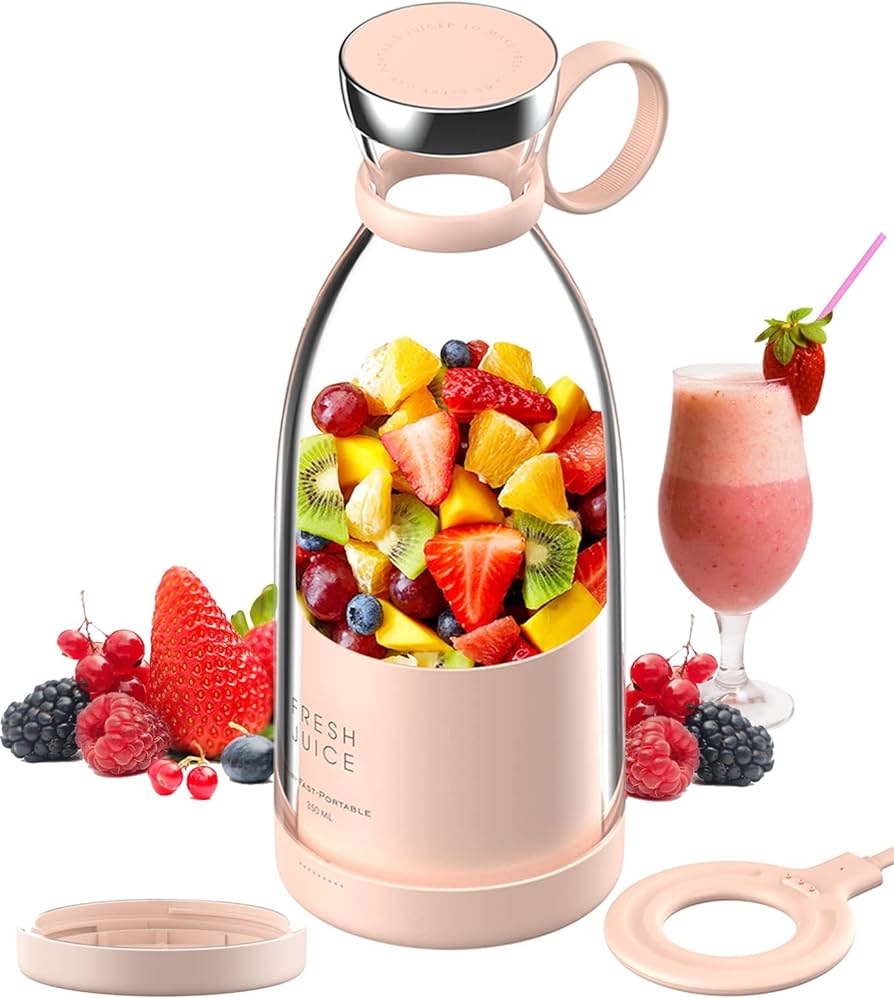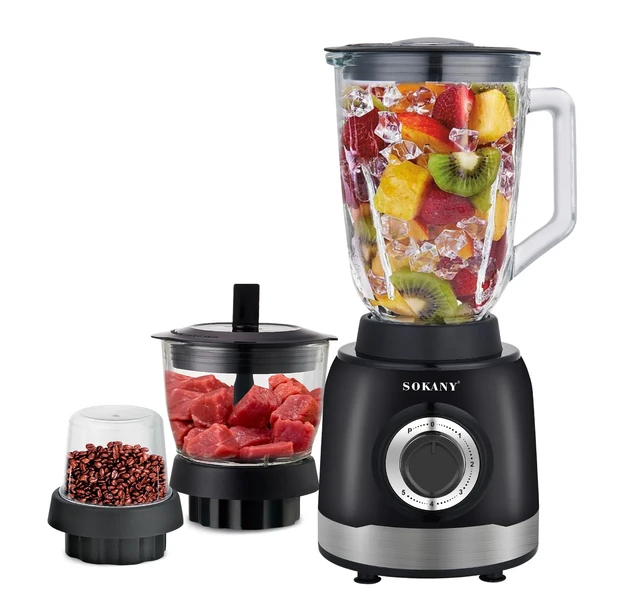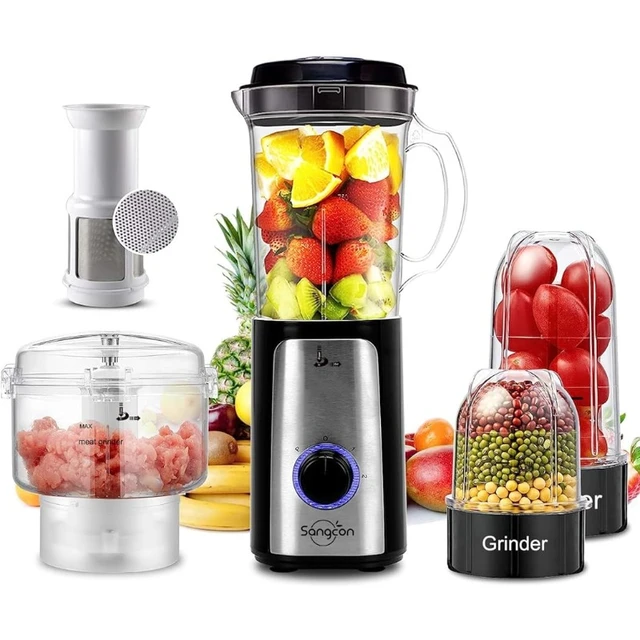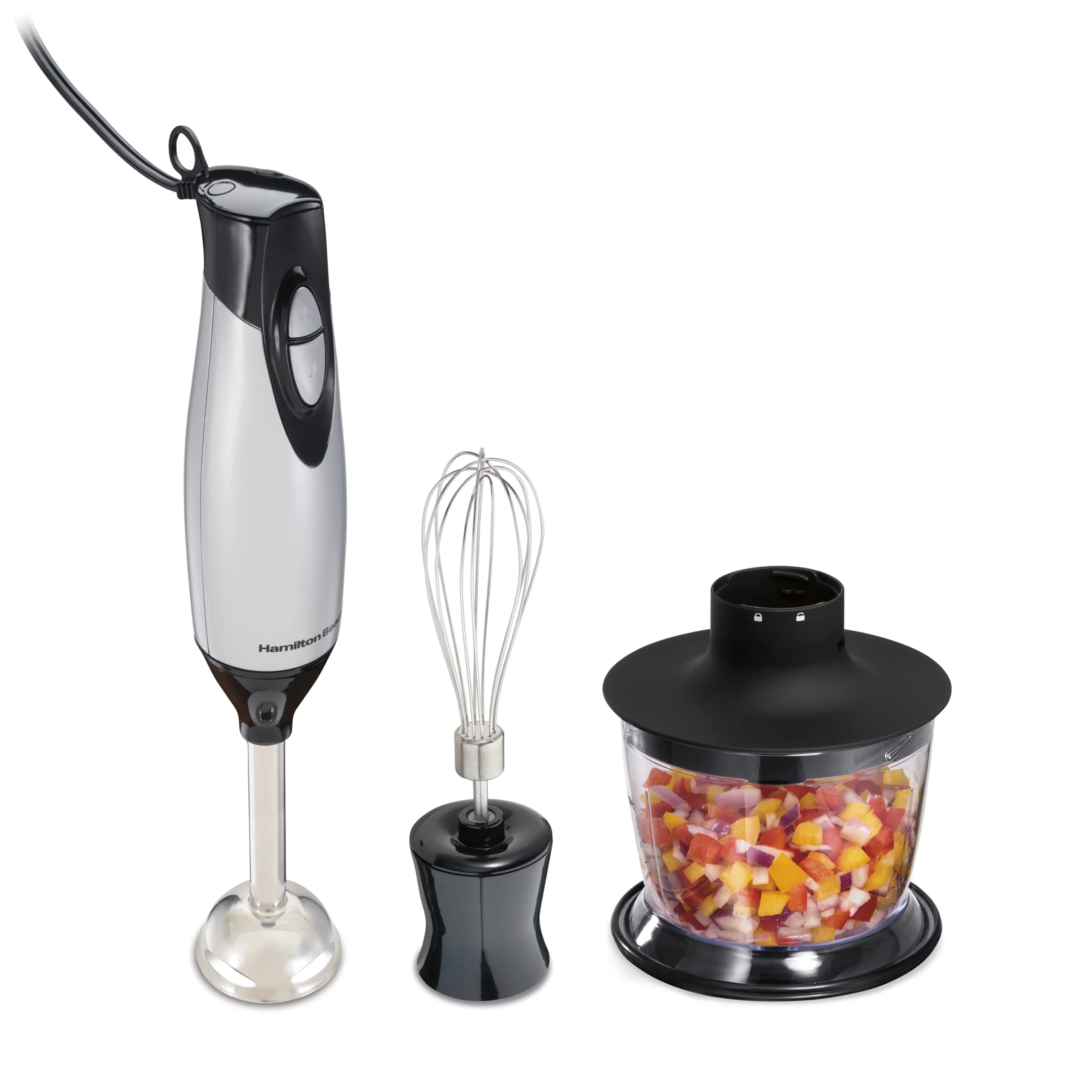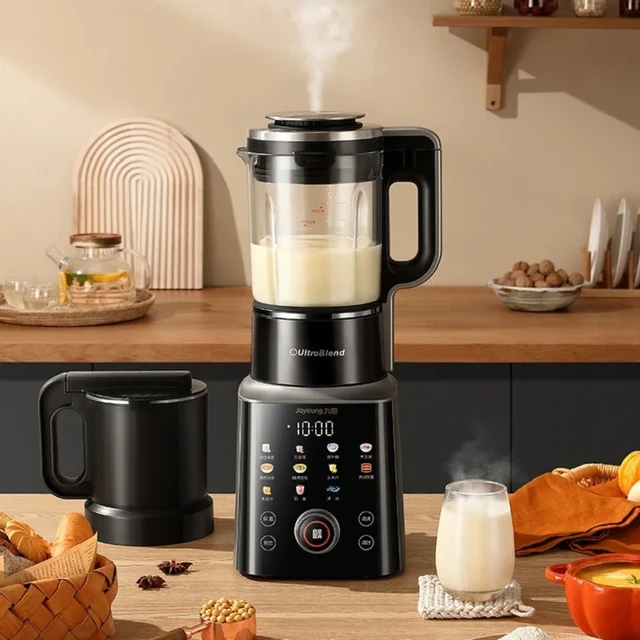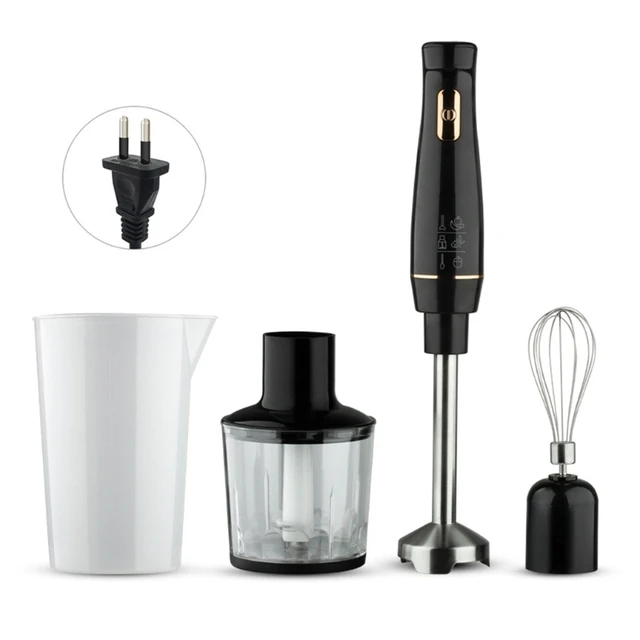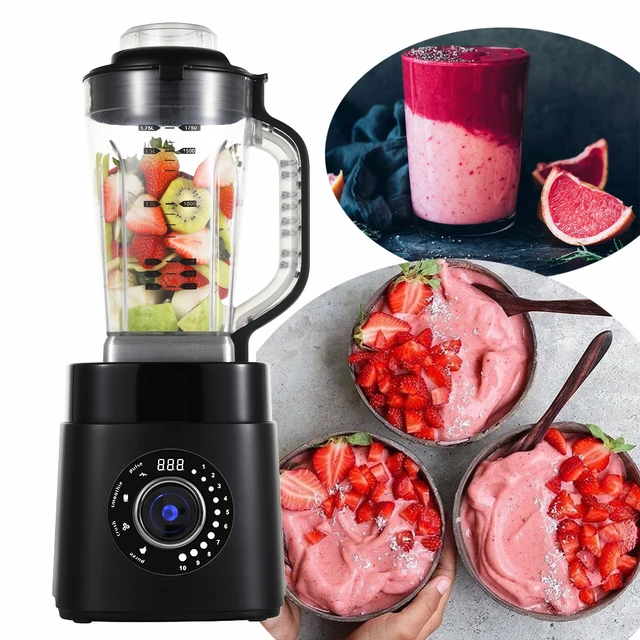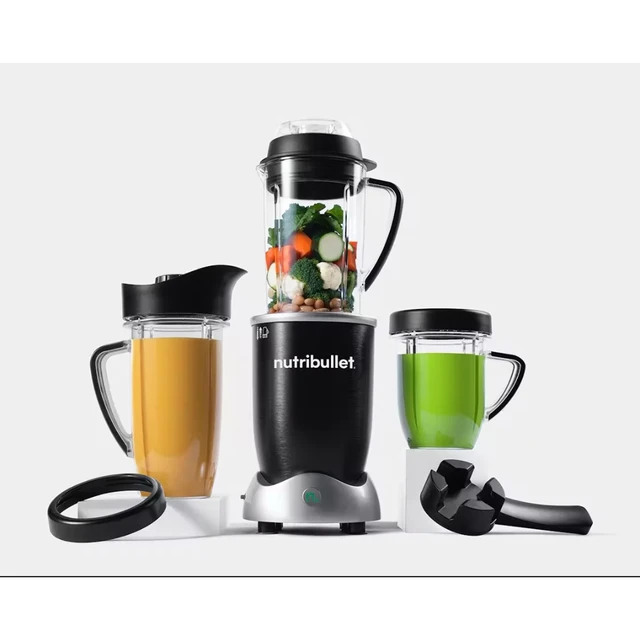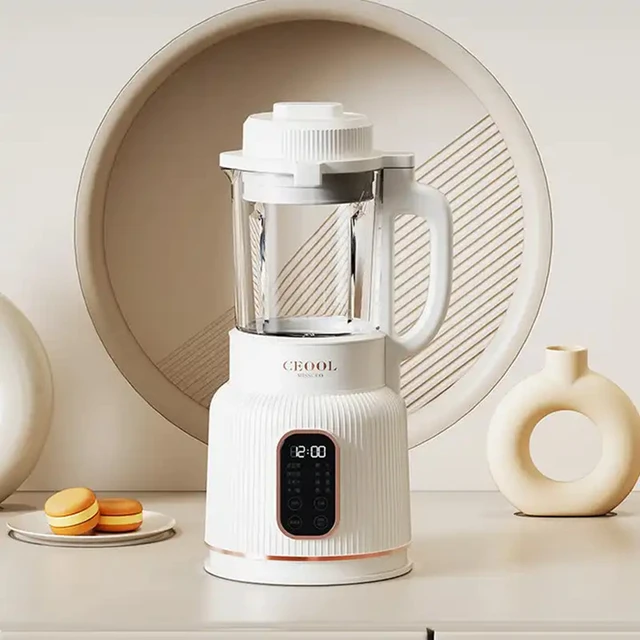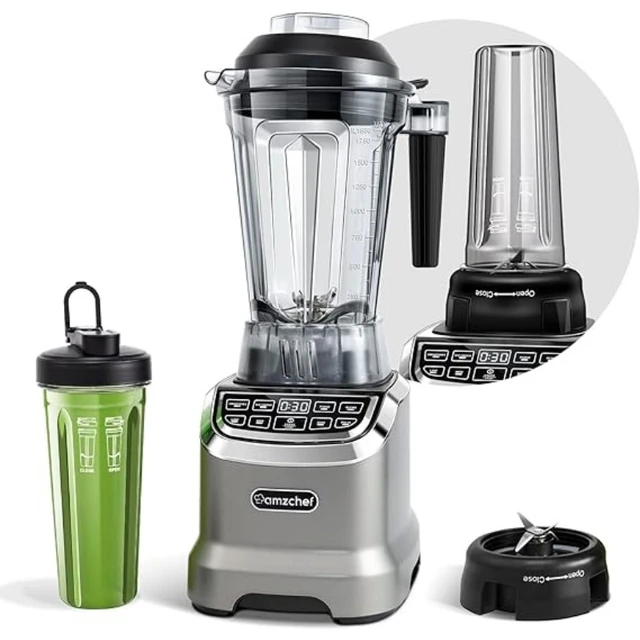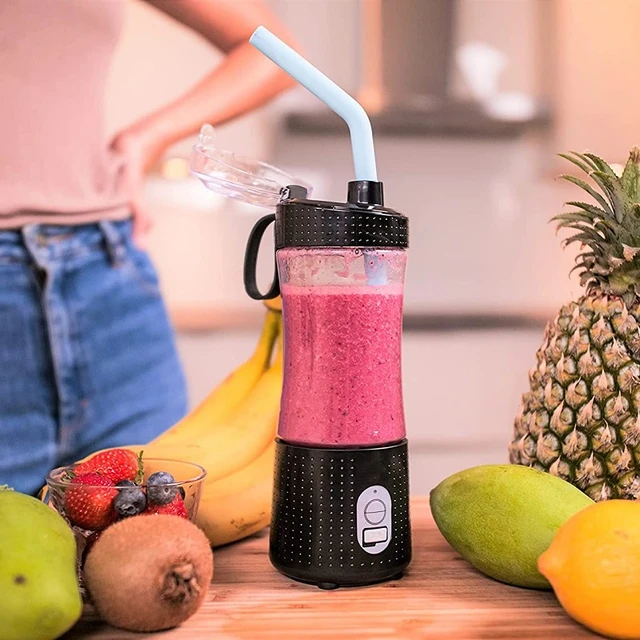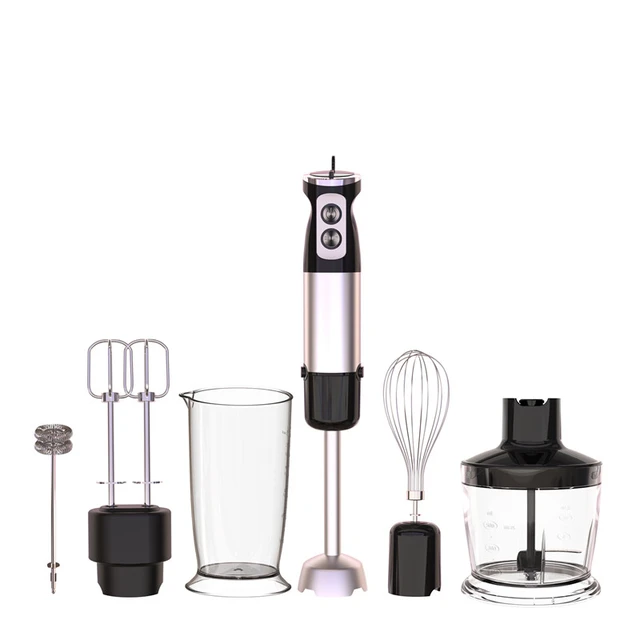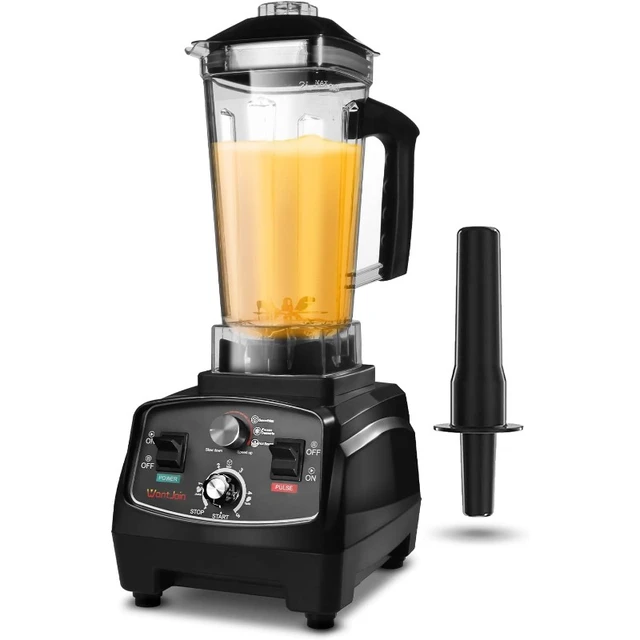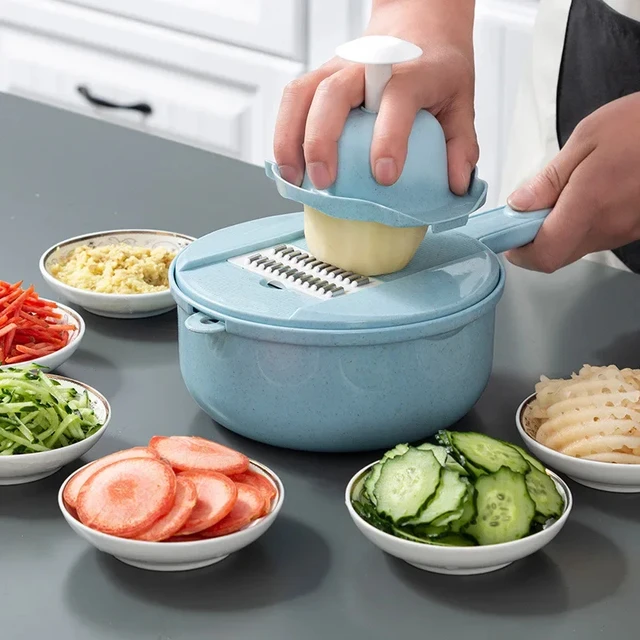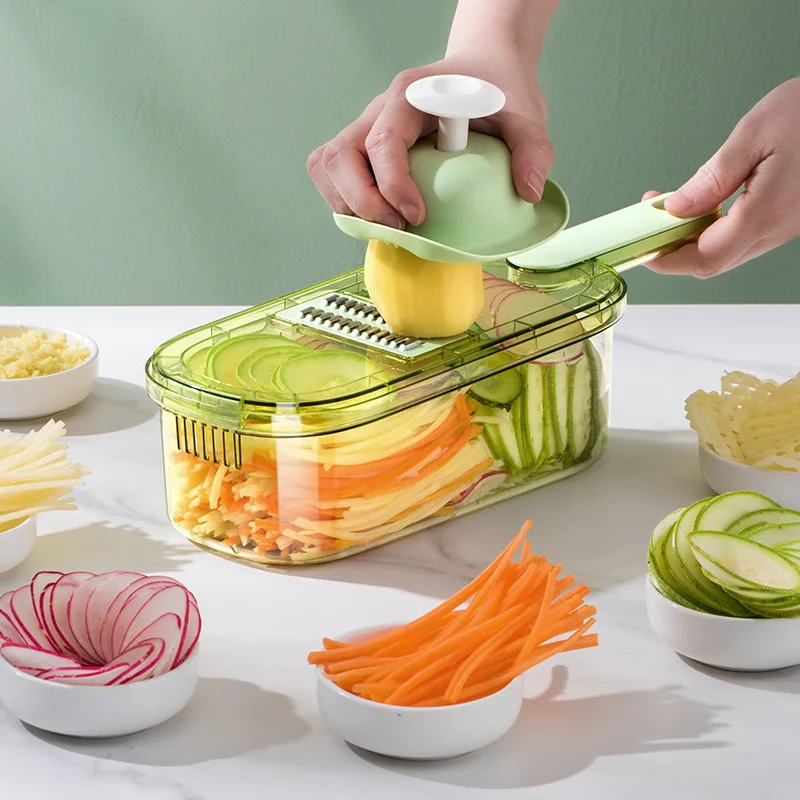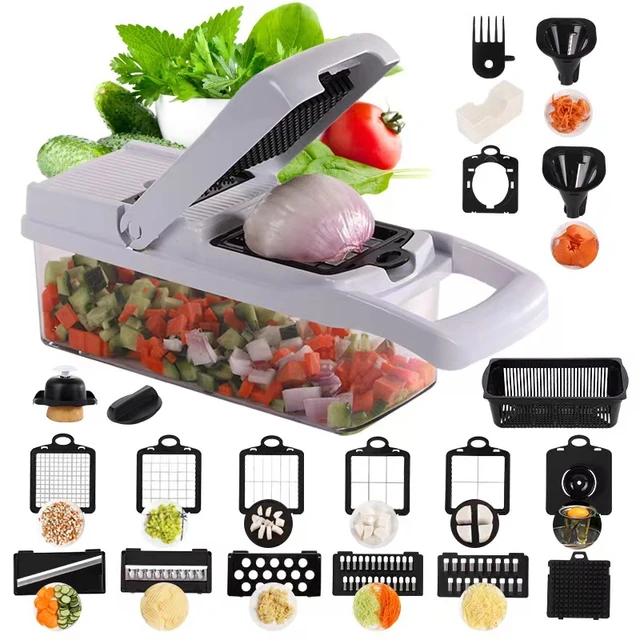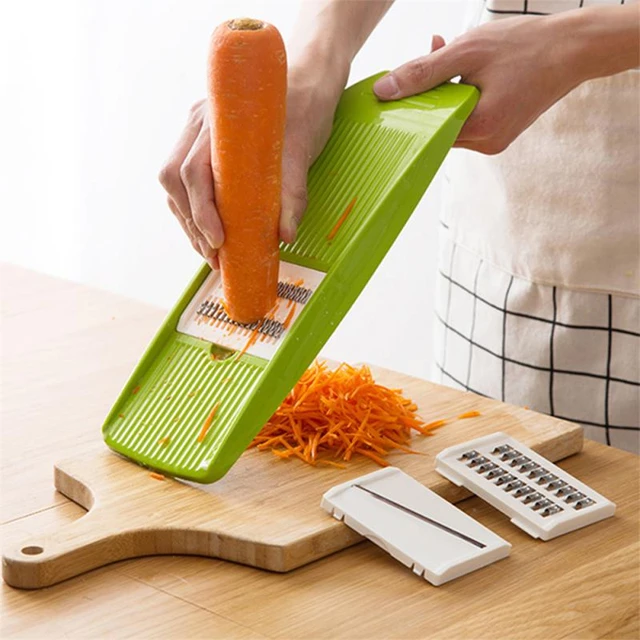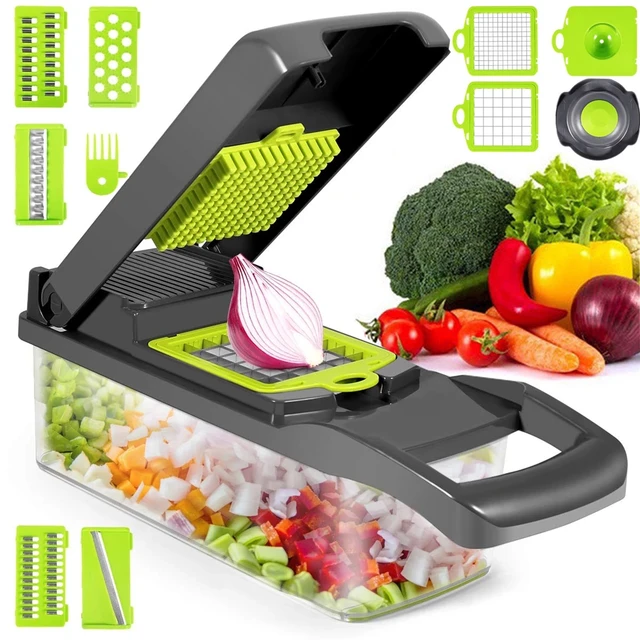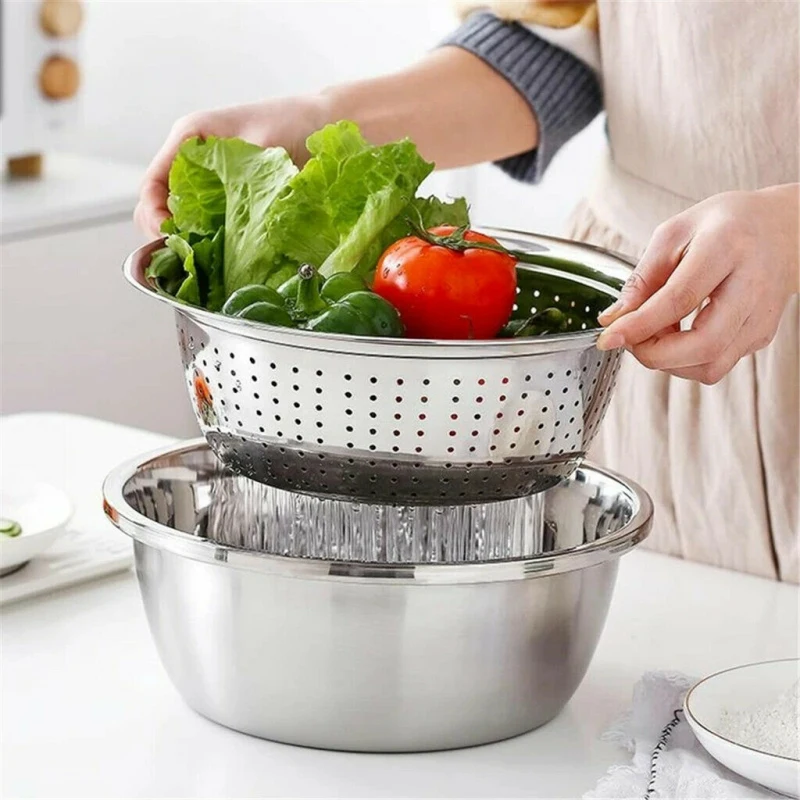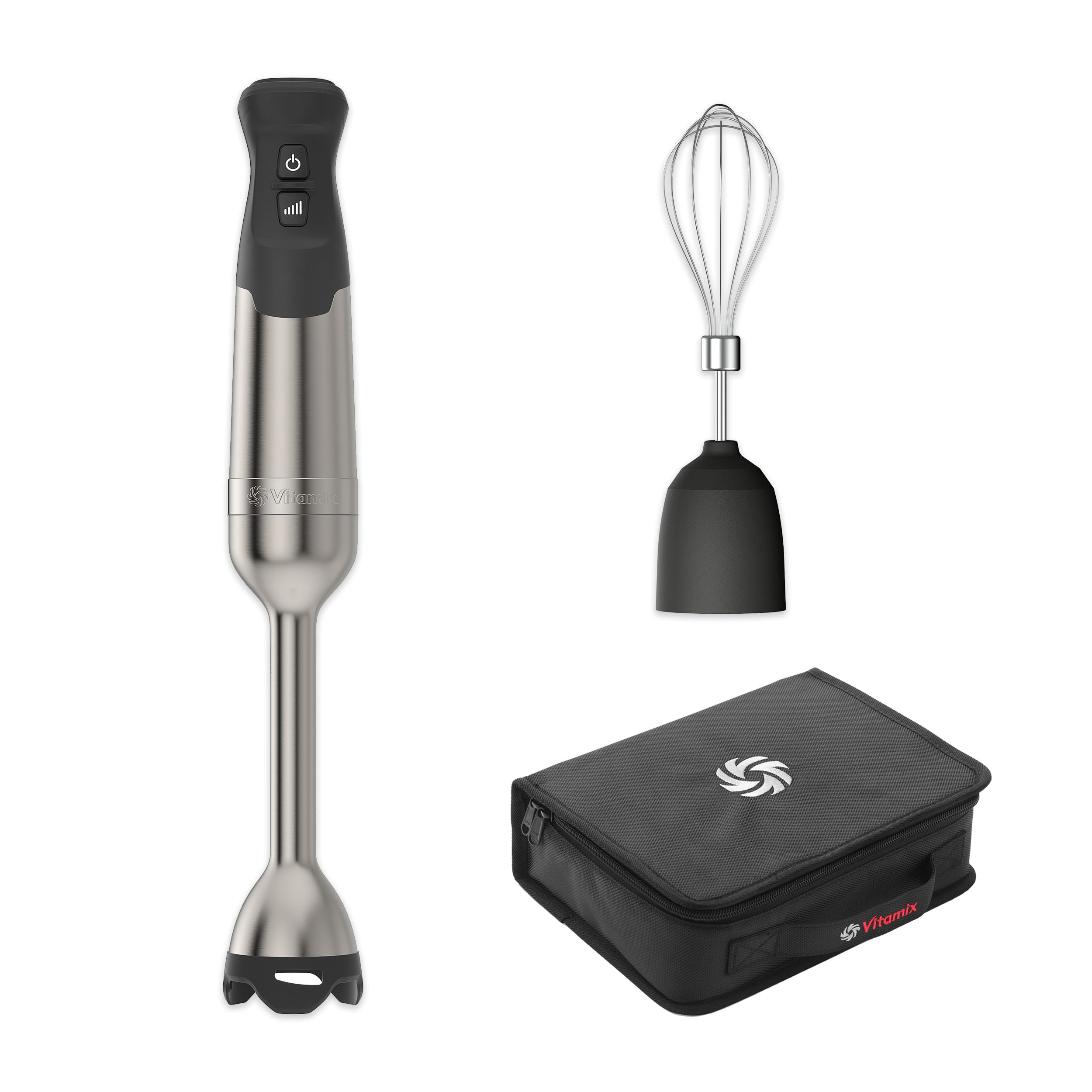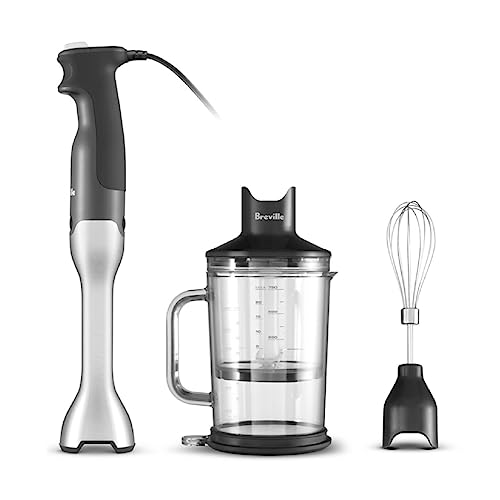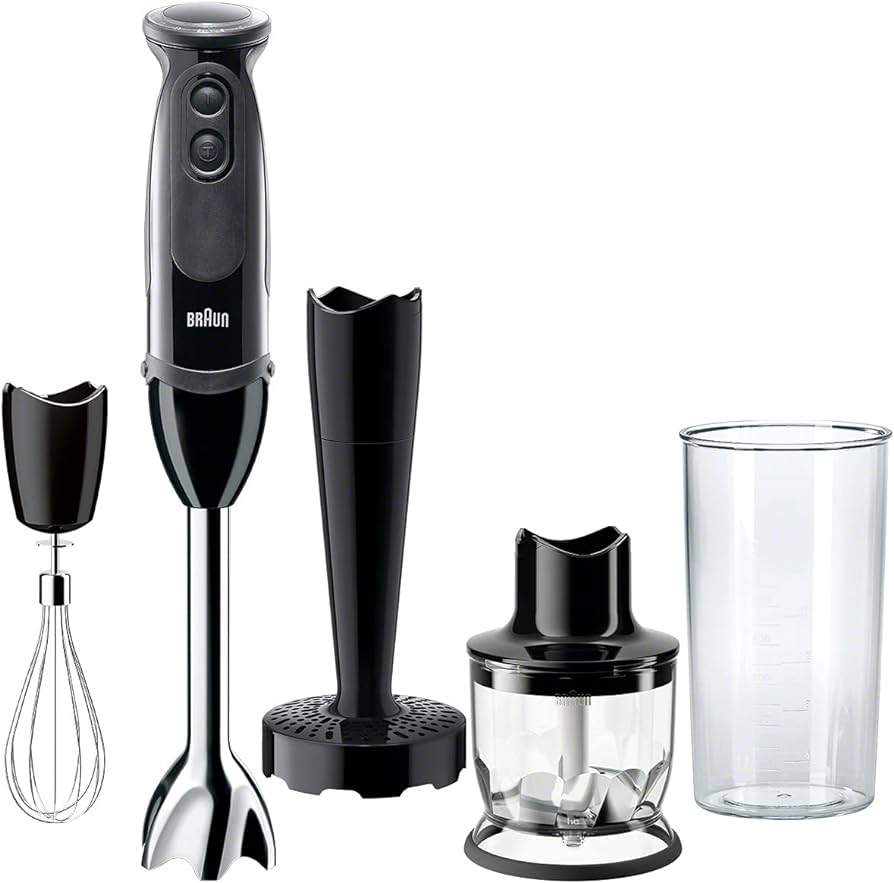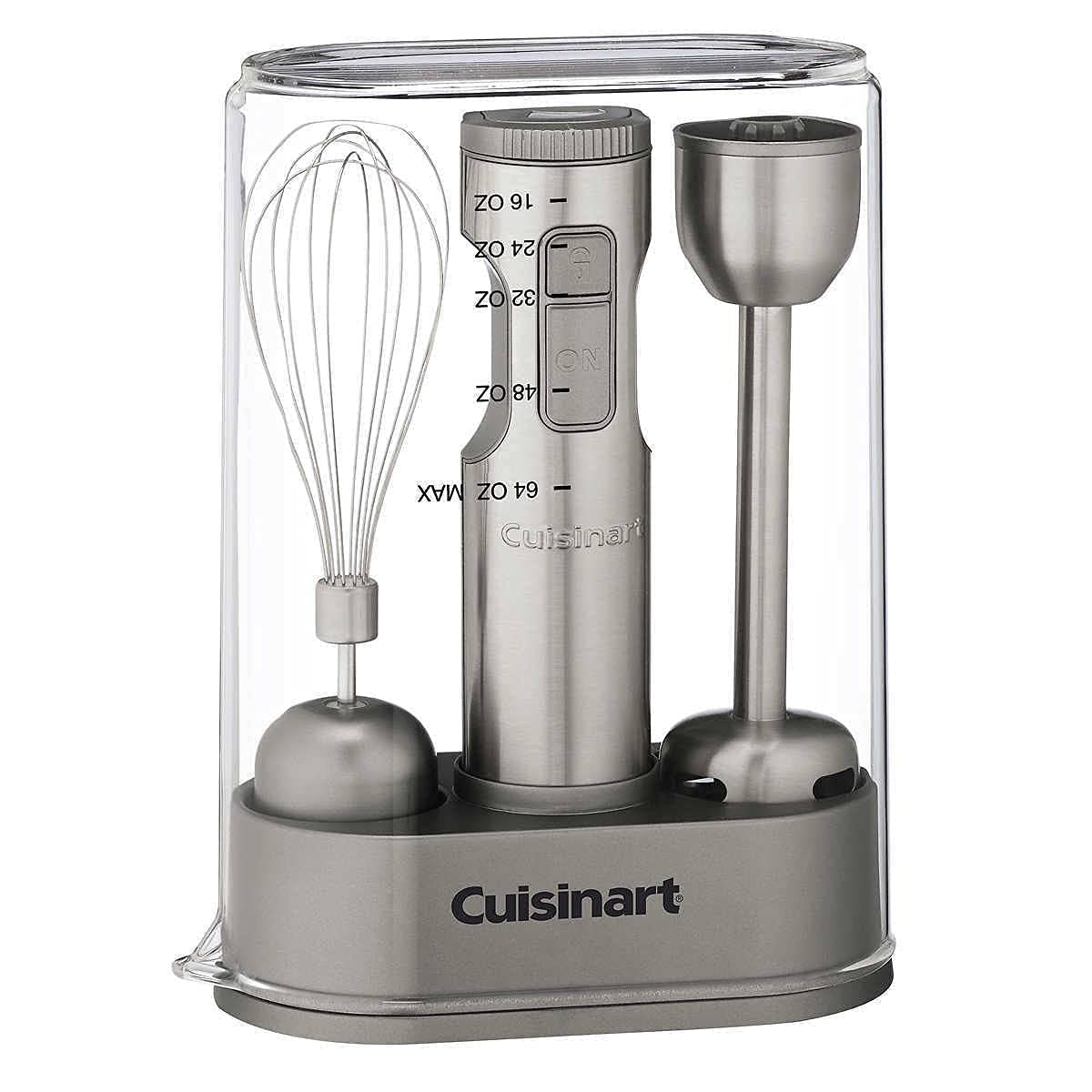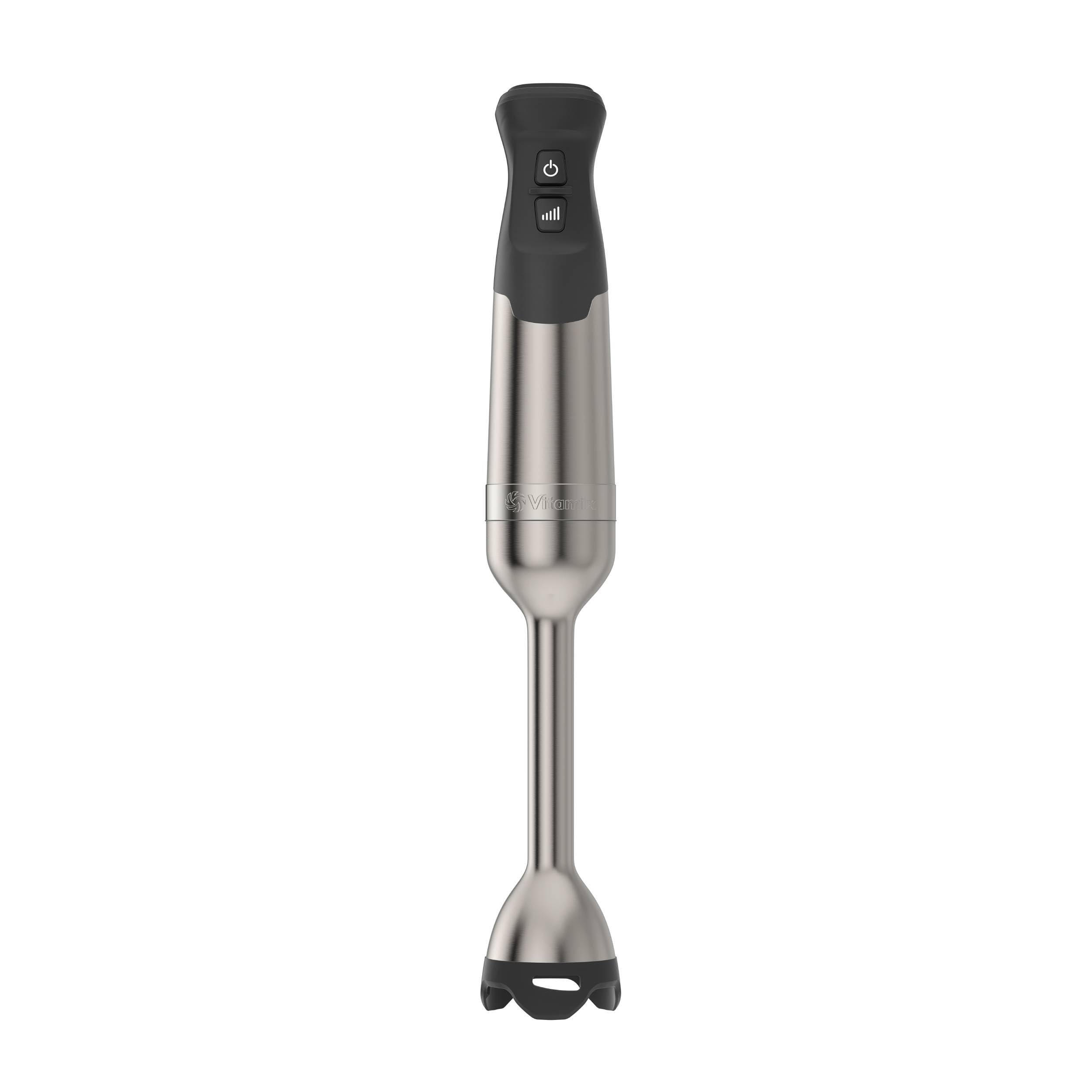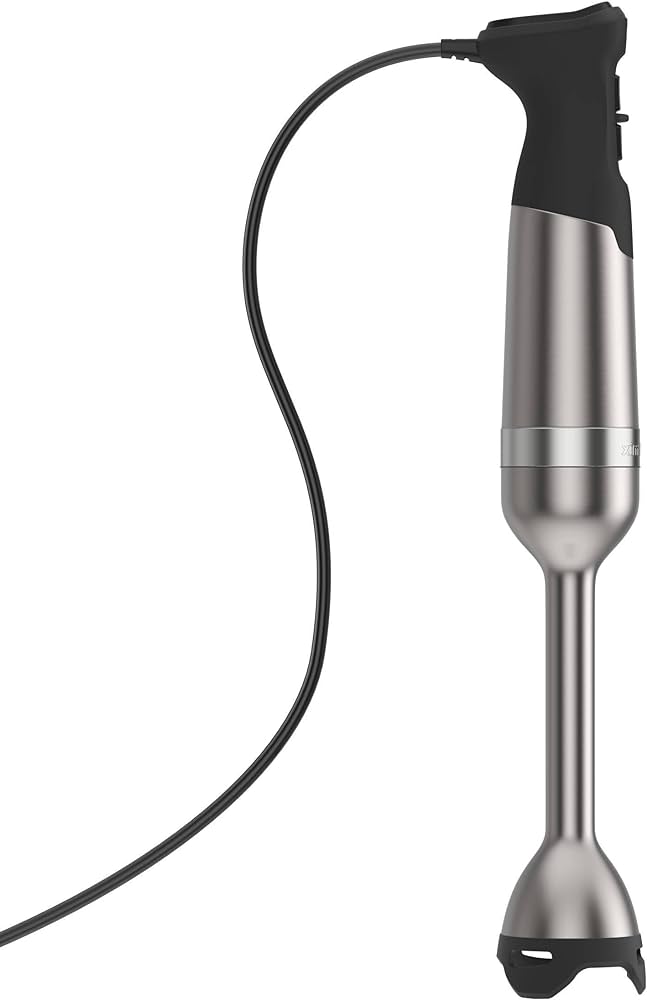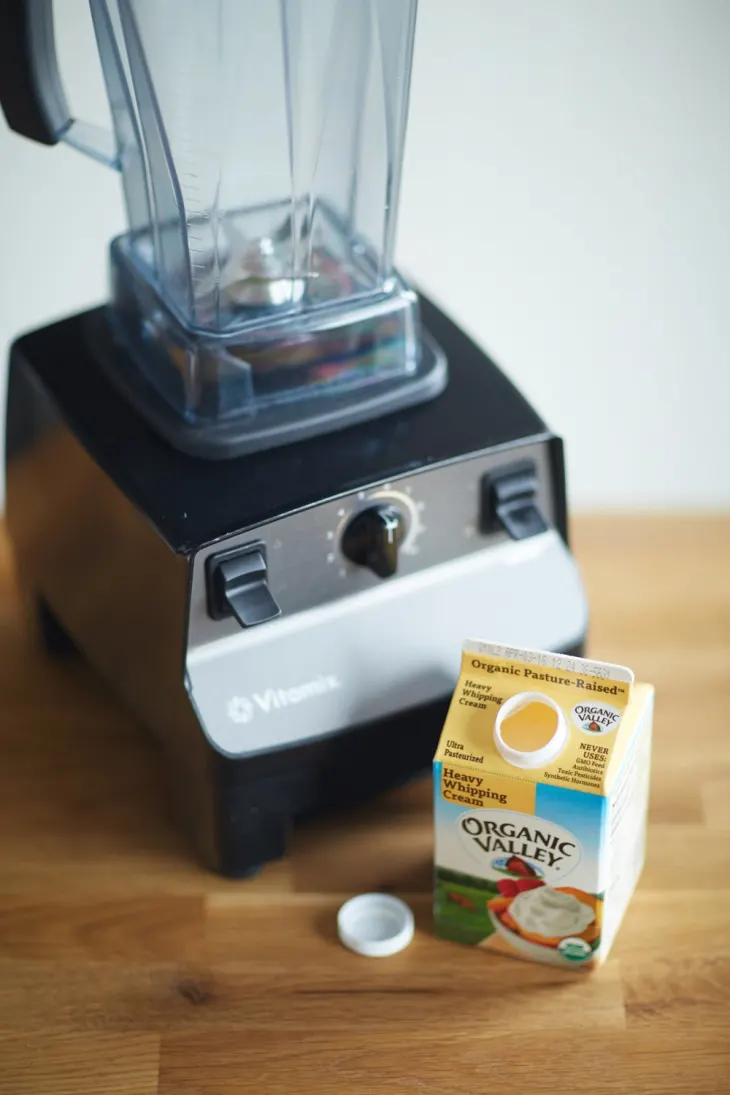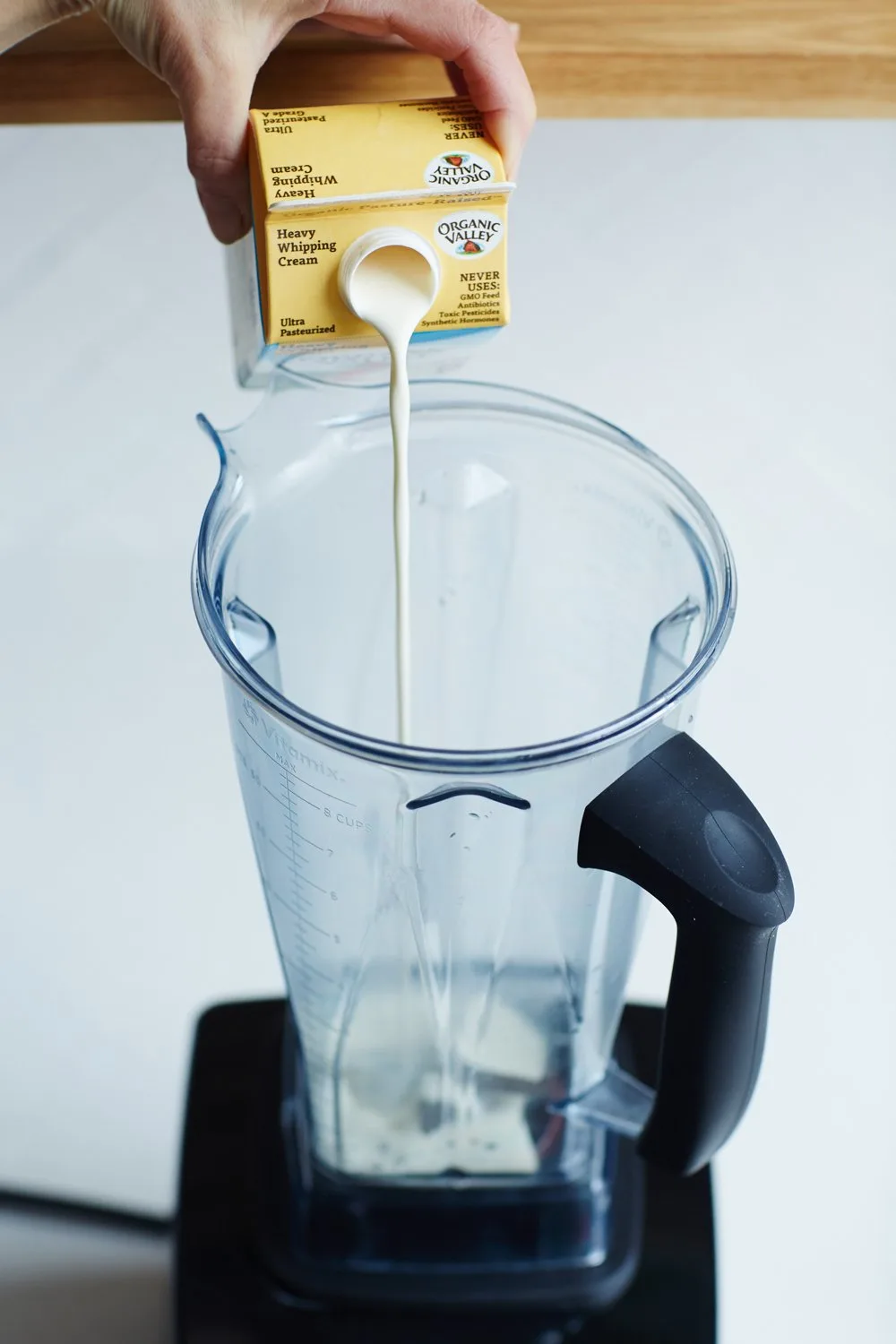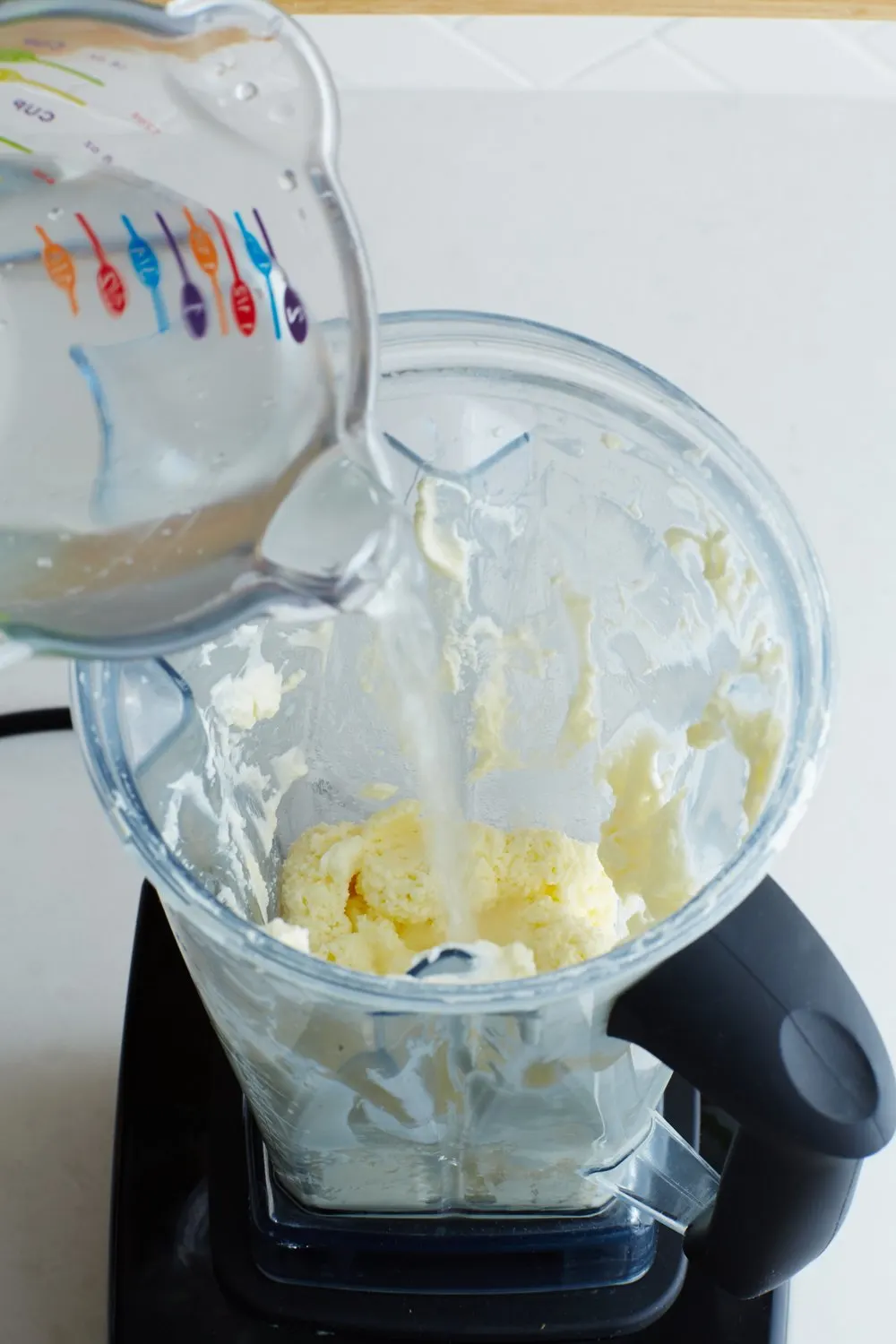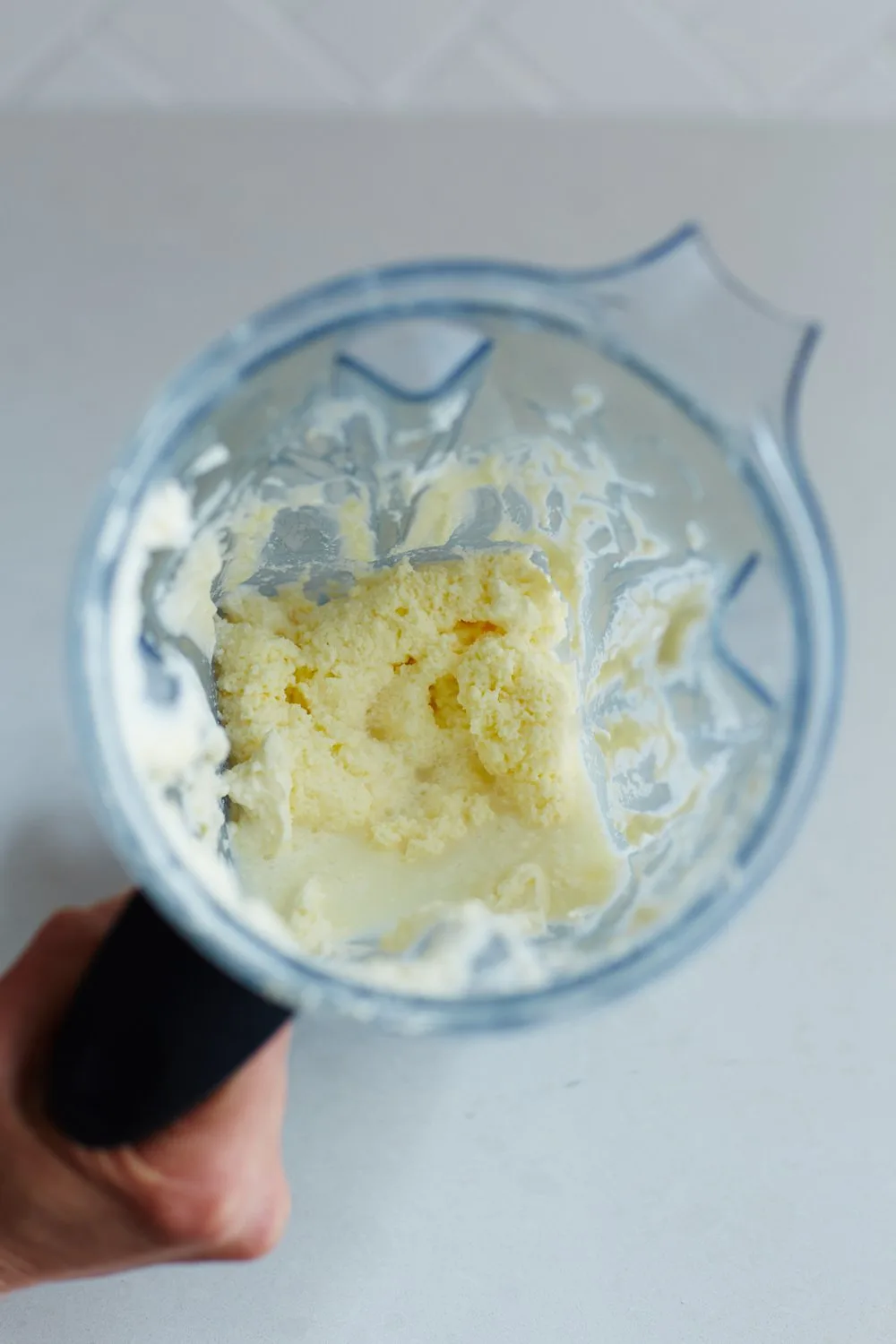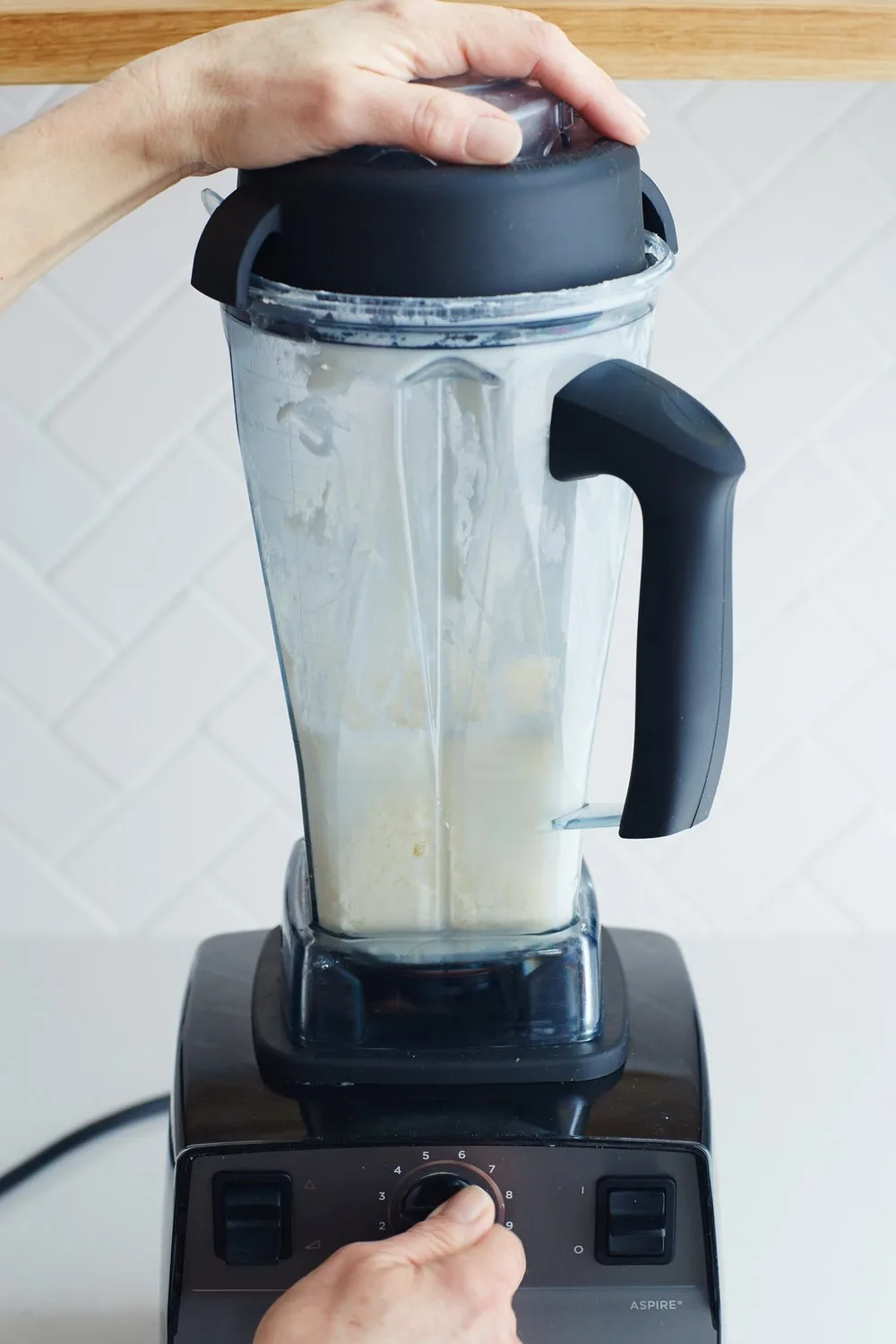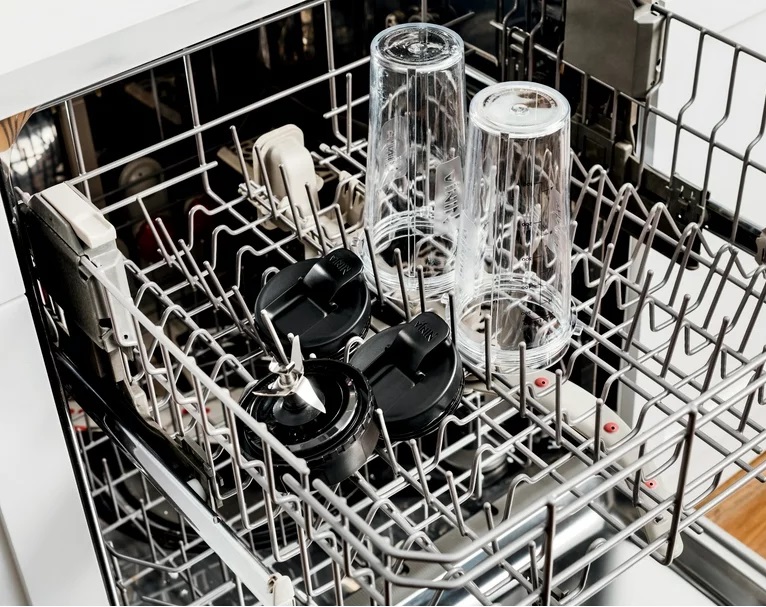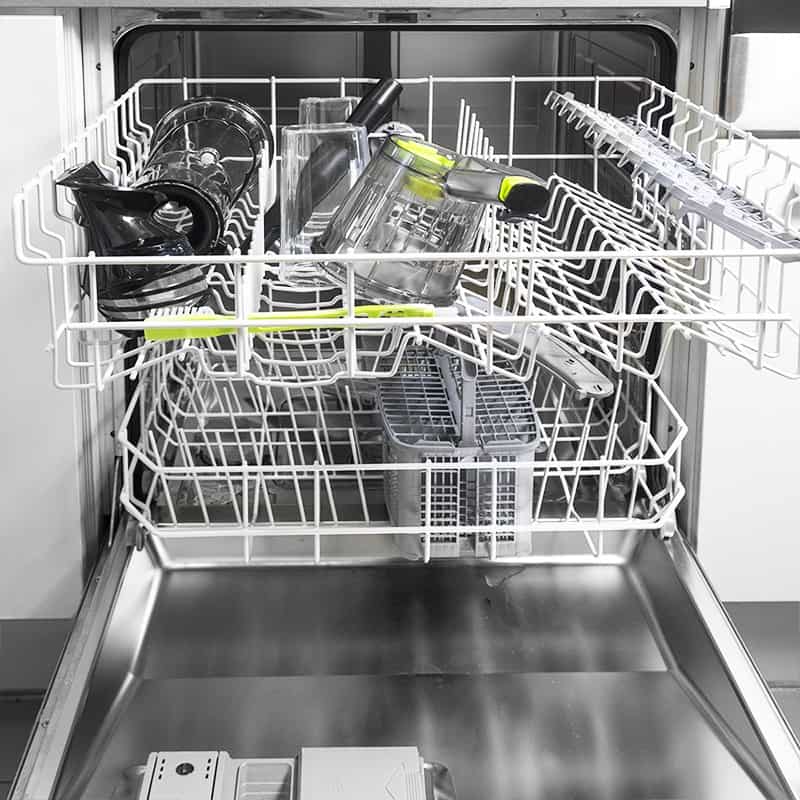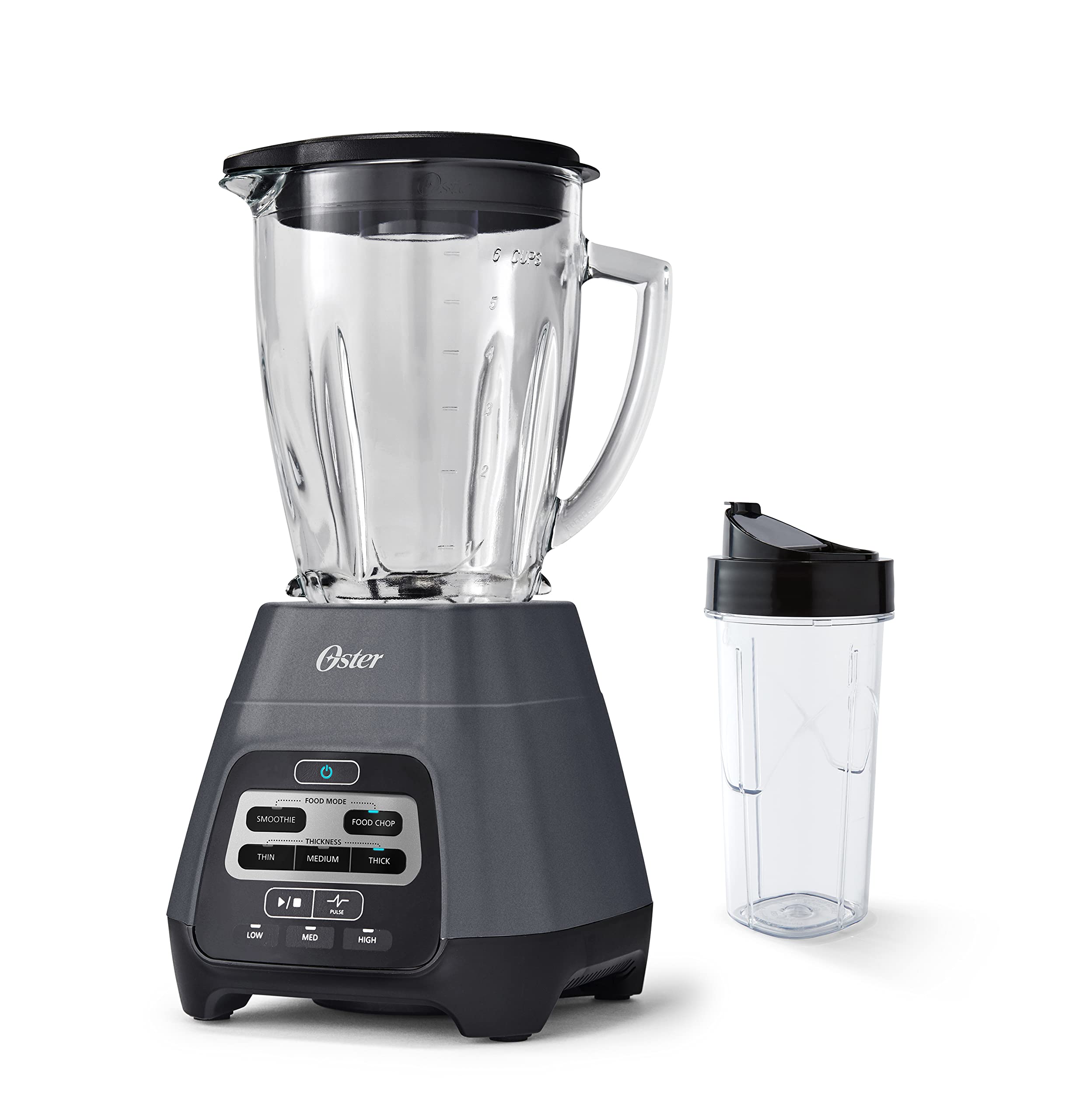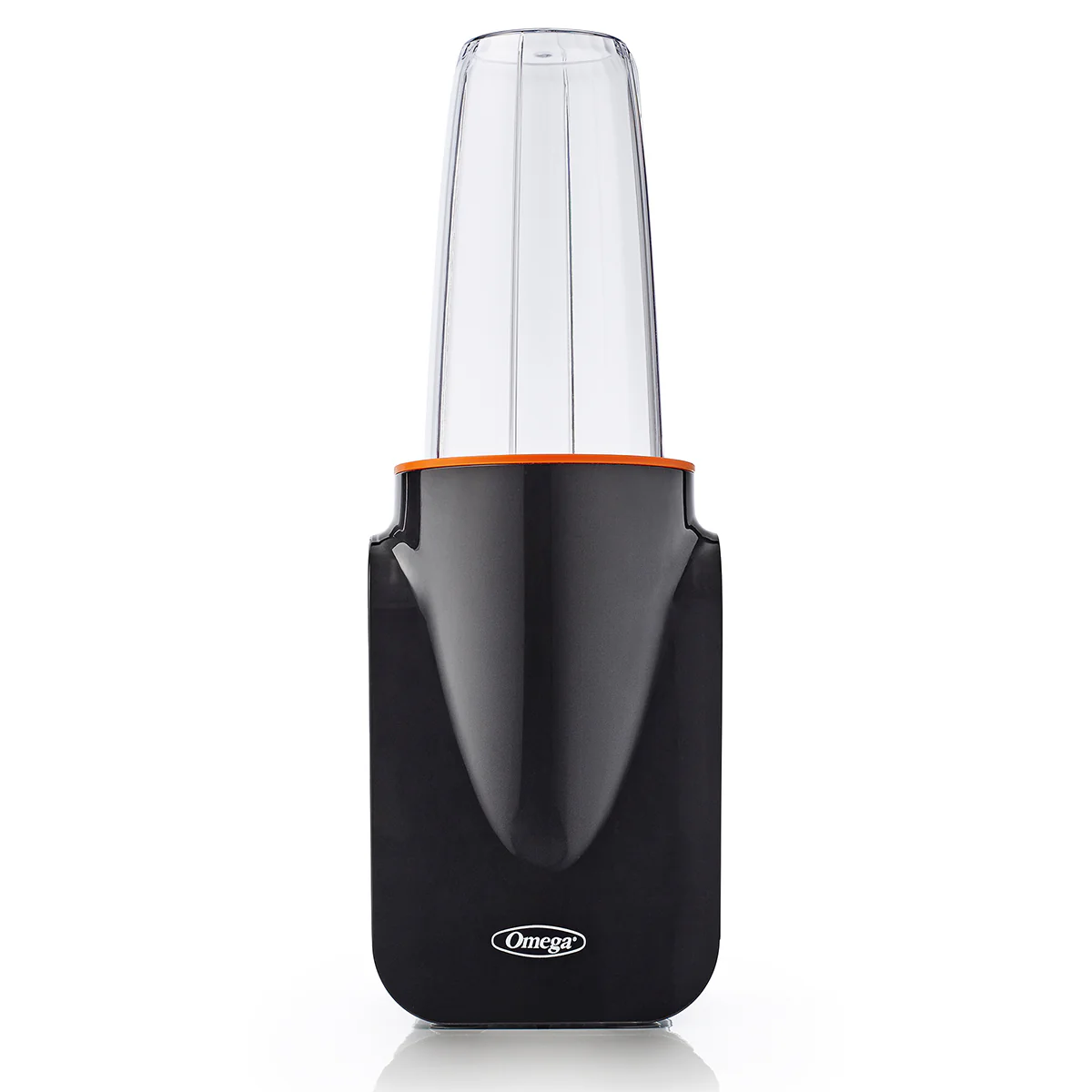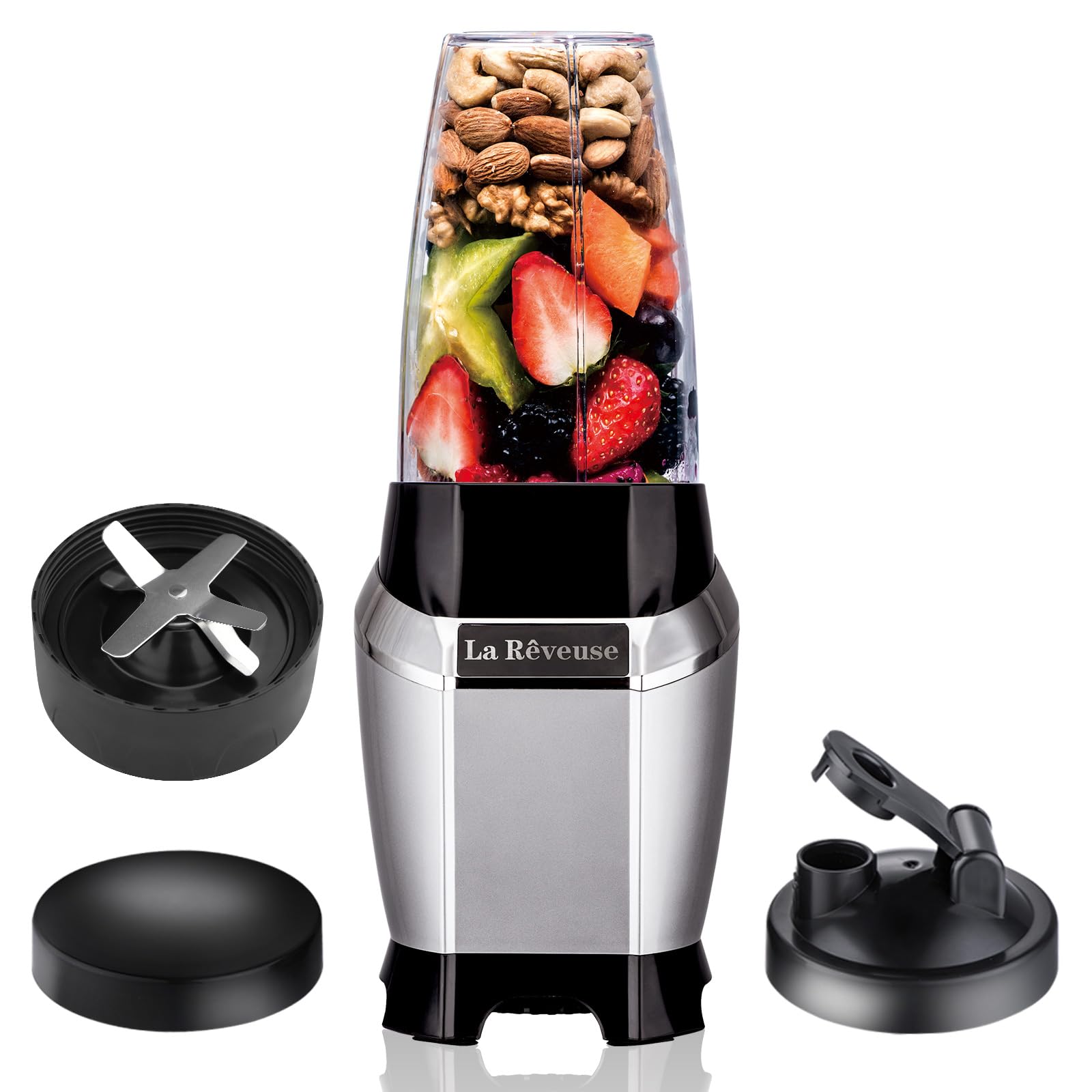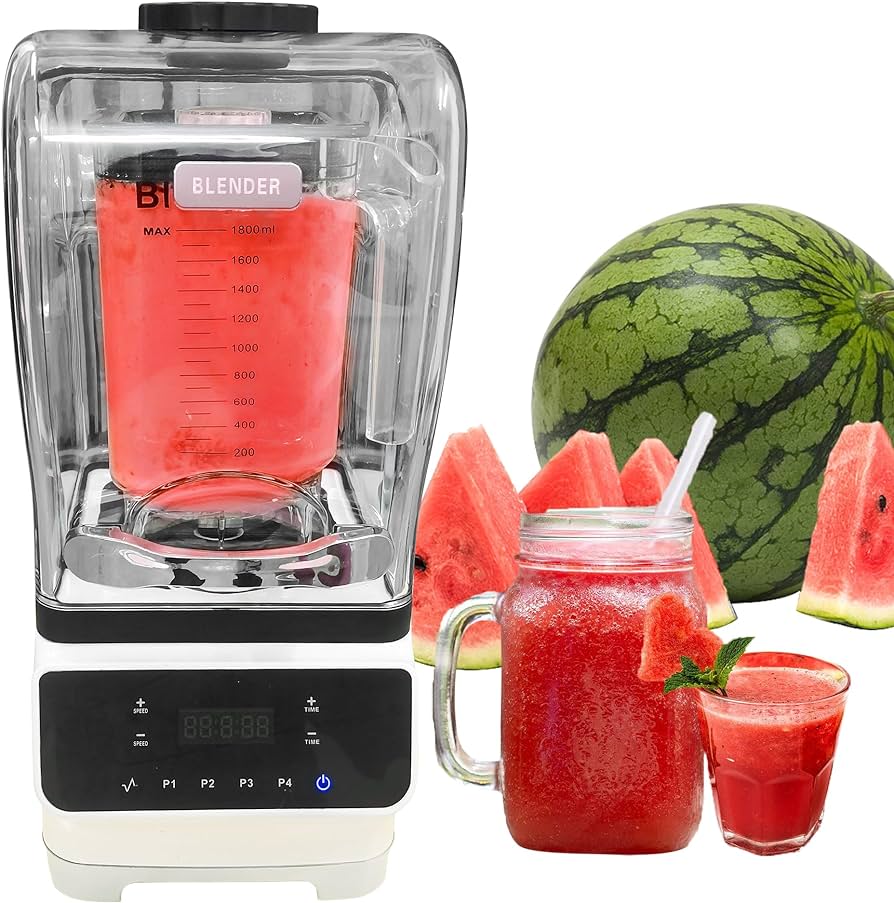
Introduction:
Watermelon juice is a refreshing and hydrating beverage perfect for hot summer days. Making watermelon juice with a blender is simple and quick, allowing you to enjoy this delightful drink in minutes. This comprehensive guide covers everything you need to know about making watermelon juice using a blender, including the ingredients, step-by-step instructions, tips for enhancing flavor, and additional uses for watermelon juice.
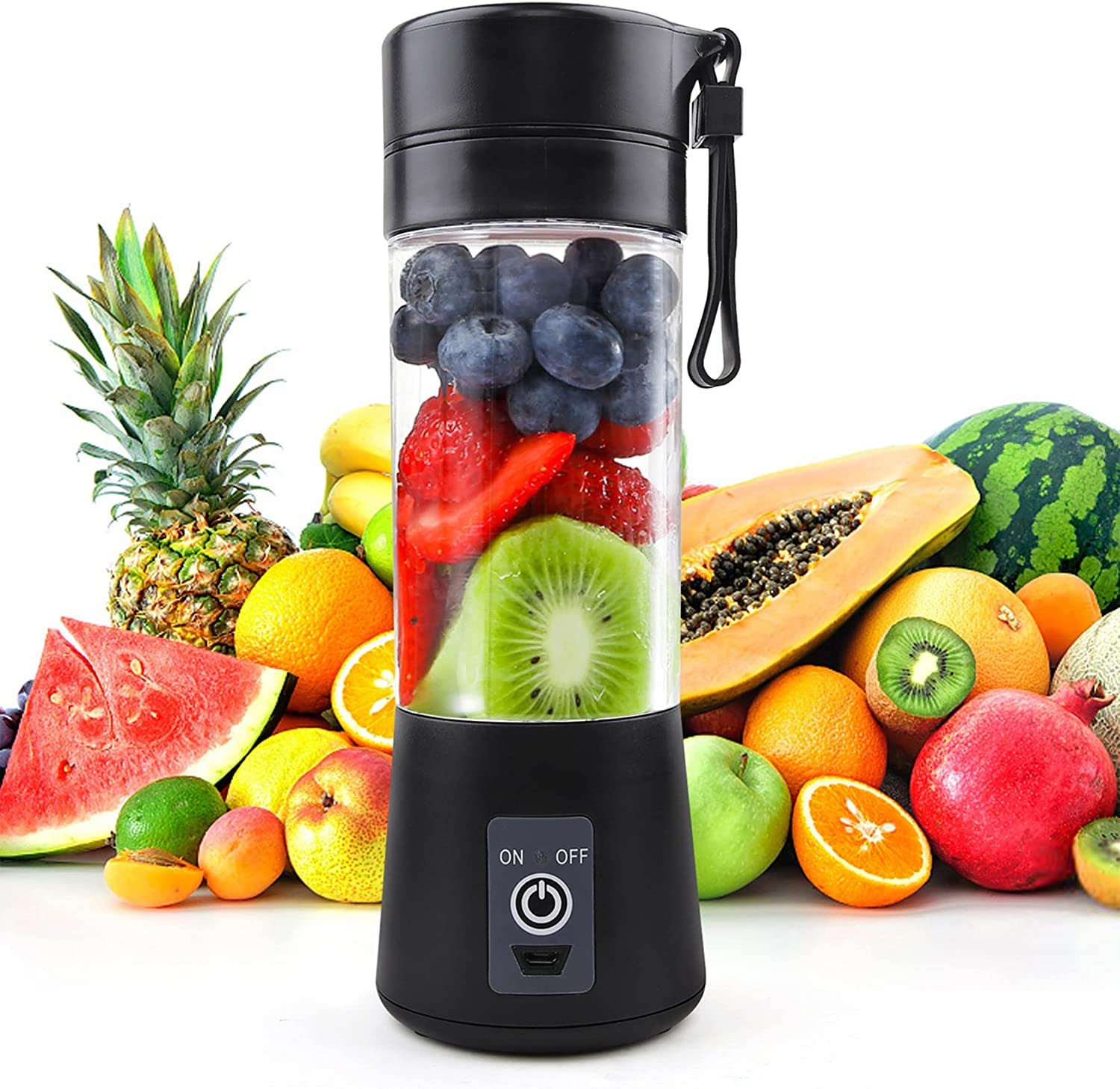
How to Make Watermelon Juice with a Blender?
Why Make Watermelon Juice with a Blender?
Using a blender to make watermelon juice offers several benefits that make the process effortless and enjoyable.
Convenience: A blender simplifies the process of extracting juice from the watermelon. With minimal preparation and cleanup, you can easily make a batch of fresh juice whenever you want.
Nutrient Retention: Blending helps retain more nutrients compared to other juicing methods. Watermelon is rich in vitamins, minerals, and antioxidants, and using a blender ensures you benefit from these nutrients.
Customizable Texture: Blending allows you to control the texture of your juice. You can choose to strain the juice for a smoother consistency or leave it unstrained for a more wholesome drink with pulp.
Freshness: Homemade watermelon juice is free from preservatives and additives, offering a fresh and natural taste. Making juice at home ensures you know exactly what’s in your drink.
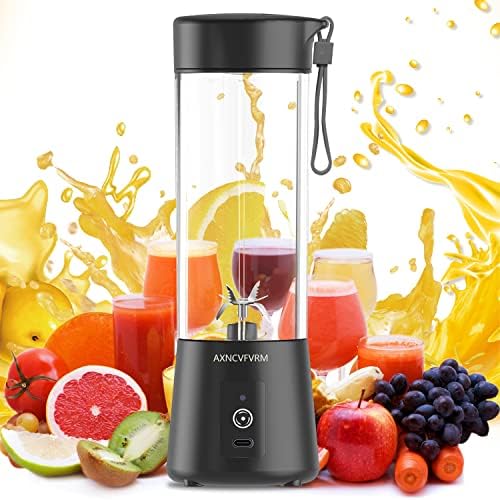
Ingredients Needed for Watermelon Juice
To make watermelon juice with a blender, you’ll need a few key ingredients. These ingredients can be adjusted or enhanced for different flavors and nutritional benefits.
Watermelon: The star ingredient, watermelon is naturally sweet and hydrating. Choose a ripe watermelon for the best flavor and juice yield. Seedless watermelons are preferred for ease of preparation, but seeded ones work just as well.
Lime or Lemon (Optional): Adding a splash of lime or lemon juice can enhance the flavor of the watermelon juice, giving it a refreshing tang. Citrus juice also adds a boost of vitamin C.
Sweetener (Optional): Depending on your preference and the sweetness of the watermelon, you might want to add a sweetener. Options include honey, agave syrup, or simple syrup. Adjust the amount to taste.
Mint Leaves (Optional): Fresh mint leaves can add an aromatic and cooling element to the watermelon juice. Mint pairs well with the sweetness of watermelon, making the juice even more refreshing.
Water or Ice Cubes (Optional): For a more dilute juice, you can add water. Ice cubes can be blended with the watermelon for a chilled, slush-like consistency.
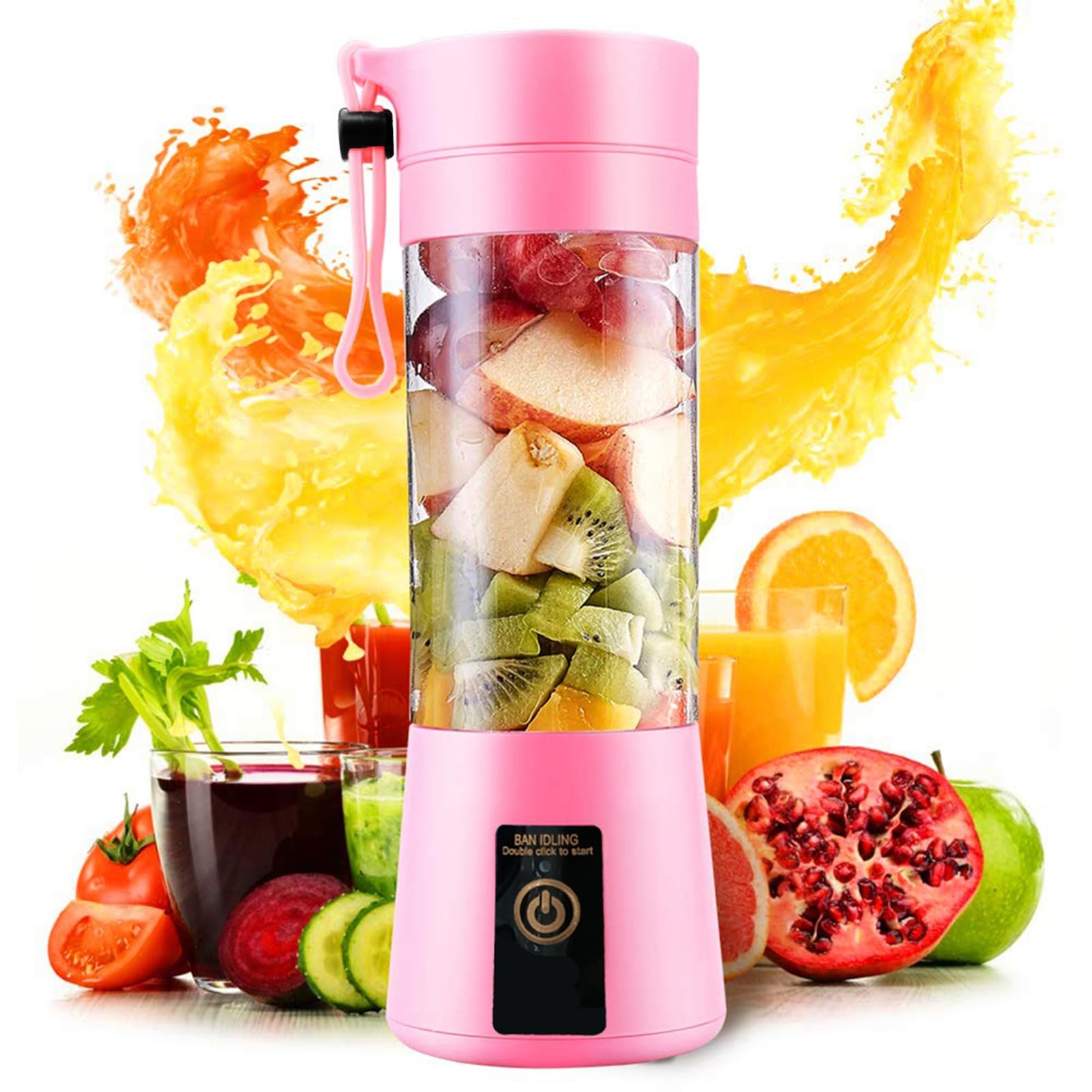
Step-by-Step Guide to Making Watermelon Juice with a Blender
Follow these detailed steps to make watermelon juice with a blender, ensuring a smooth and delicious result.
Step 1: Select and Prepare the Watermelon
Choose a ripe watermelon, which should feel heavy for its size and have a uniform shape. Look for a creamy yellow spot on the underside, indicating ripeness. Rinse the watermelon thoroughly to remove any dirt or residues.
- Cut the watermelon into halves or quarters.
- Slice off the rind and cut the flesh into chunks. Remove any seeds if using a seeded watermelon.
Step 2: Blend the Watermelon
Place the watermelon chunks into the blender. For an average-sized blender, start with 4-5 cups of watermelon chunks.
- Add a splash of lime or lemon juice if desired.
- If adding sweetener, mint leaves, or ice cubes, include them at this stage.
- Blend on high speed until the mixture becomes smooth and liquid. This should take about 1 to 2 minutes, depending on the power of your blender.
Step 3: Strain the Juice (Optional)
For a smoother juice, you can strain the blended mixture to remove the pulp.
- Place a fine-mesh strainer or cheesecloth over a large bowl or pitcher.
- Pour the watermelon mixture through the strainer, using a spoon to press the liquid through and extract as much juice as possible.
- Discard the pulp or save it for other uses.
Step 4: Chill and Serve
Transfer the strained juice to a serving pitcher or individual glasses.
- Chill in the refrigerator for at least 30 minutes if not using ice cubes.
- Garnish with additional mint leaves or a slice of lime for an extra touch of freshness.
- Serve the juice over ice if desired.

Enhancing the Flavor of Watermelon Juice
There are several ways to enhance the flavor of your watermelon juice, creating a more complex and delightful beverage.
Herbs and Spices: Adding herbs like basil or spices such as ginger can introduce new flavors to your juice. Basil adds a sweet, slightly peppery note, while ginger provides a zesty kick.
Fruits: Experiment with combining other fruits with watermelon. Strawberries, pineapple, and cucumber complement watermelon well and create interesting flavor profiles. Blend equal parts of the chosen fruit with watermelon.
Flavored Ice Cubes: Make ice cubes using fruit juice, mint, or edible flowers. These ice cubes not only chill the drink but also add subtle flavors as they melt.
Club Soda or Sparkling Water: For a fizzy twist, mix the watermelon juice with club soda or sparkling water. This addition makes the juice lighter and adds a refreshing effervescence.
Nutritional Benefits of Watermelon Juice
Watermelon juice is not only delicious but also boasts a range of nutritional benefits that make it a healthy beverage choice.
Hydration: Watermelon is composed of about 92% water, making it an excellent hydrating fruit. Drinking watermelon juice helps maintain hydration, especially in hot weather.
Vitamins and Minerals: Watermelon is rich in vitamins A, C, and B6, as well as minerals like potassium and magnesium. These nutrients support immune function, skin health, and overall well-being.
Antioxidants: Watermelon contains antioxidants such as lycopene and beta-carotene, which help protect the body against oxidative stress and inflammation. Lycopene is particularly noted for its potential to reduce the risk of certain diseases.
Low Calorie: Watermelon juice is low in calories, making it a great option for those mindful of their calorie intake. Despite its low calorie content, it’s quite filling due to its high water content.
Amino Acids: Watermelon provides the amino acid citrulline, which may help improve blood flow and reduce muscle soreness. This makes it a popular choice for athletes and those engaging in physical activities.
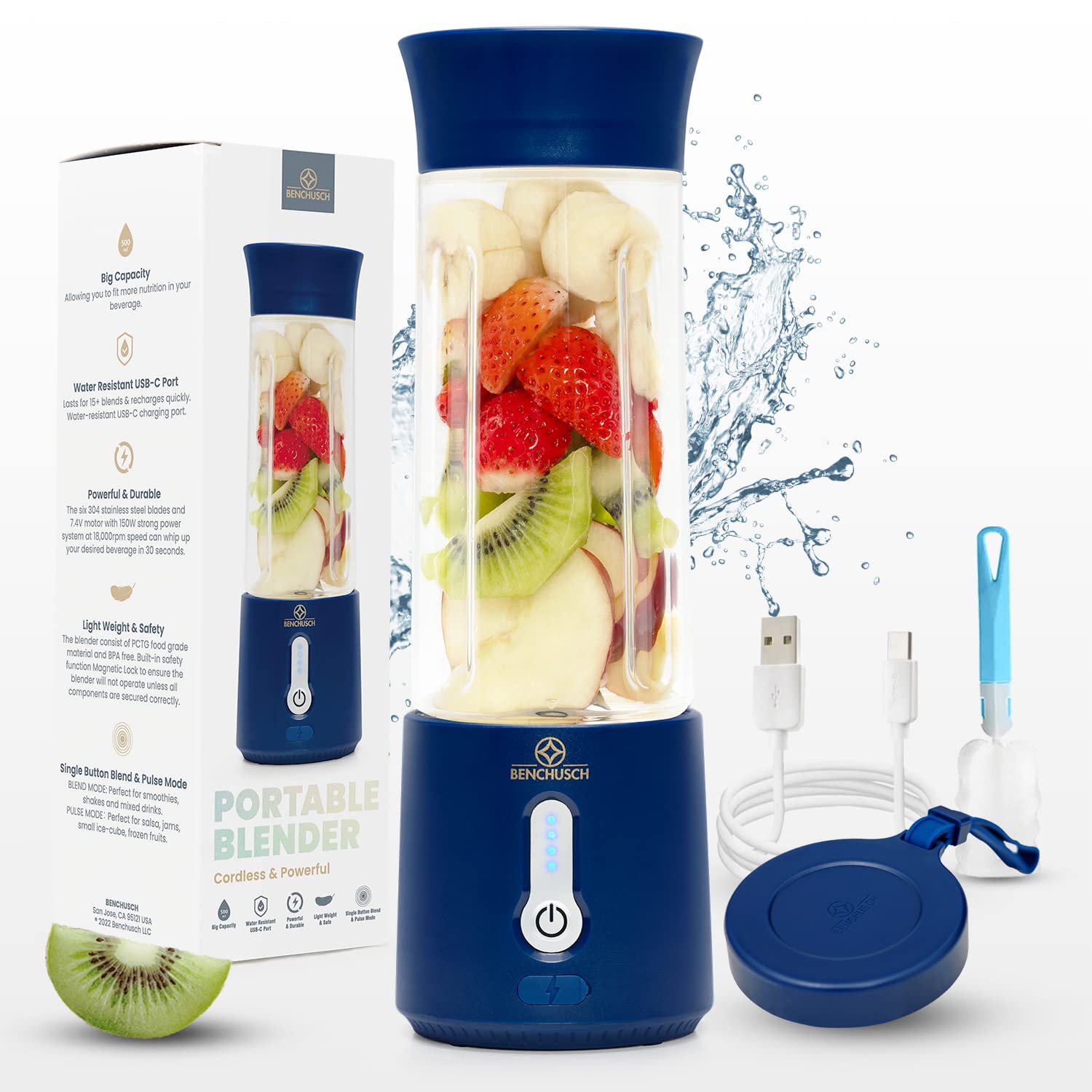
Storing and Using Leftover Watermelon Juice
Proper storage and creative uses for leftover watermelon juice help you make the most of this delightful beverage.
Refrigeration: Store leftover watermelon juice in an airtight container in the refrigerator. It should stay fresh for up to 3 days. Shake or stir the juice before serving, as natural separation may occur.
Freezing: For longer storage, freeze the juice in ice cube trays or freezer-safe containers. Frozen watermelon juice cubes can be added to other beverages, smoothies, or used to chill drinks without diluting them.
Cocktail Mixer: Use watermelon juice as a base for refreshing cocktails. It pairs well with spirits like vodka, rum, and tequila. Try mixing with a splash of soda water and a lime wedge for a simple yet sophisticated drink.
Smoothie Base: Incorporate watermelon juice into your smoothies for added hydration and sweetness. Combine with other fruits, greens, and yogurt for a nutritious and flavorful smoothie.
Popsicles: Pour watermelon juice into popsicle molds and freeze for a healthy, hydrating treat. You can add chunks of fruit or herbs to the molds for added texture and flavor.
User Reviews and Experiences
User reviews and experiences provide valuable insights and tips for making the best watermelon juice with a blender.
Positive Feedback: Many users appreciate the simplicity and speed of making watermelon juice with a blender. The vibrant color and refreshing taste are commonly praised. Users highlight the ability to customize sweetness and flavor as a significant advantage.
Texture Preferences: Some users prefer leaving the juice unstrained for a more fiber-rich drink, while others enjoy the smoothness achieved through straining. Experimenting with both methods helps find your preferred texture.
Flavor Enhancements: Adding lime or lemon juice, mint, and other fruits are frequently mentioned as excellent ways to enhance the flavor. Users often share their favorite combinations and seasonal specials.
Considerations: A few users note the importance of selecting a ripe watermelon to ensure the best flavor and juice yield. Some also suggest blending in batches for more consistent results and to avoid overloading the blender.
Conclusion
Making watermelon juice with a blender is an easy and rewarding process that results in a refreshing, hydrating beverage. By following the step-by-step instructions, enhancing the flavor with additional ingredients, and understanding its nutritional benefits, you can enjoy the perfect glass of watermelon juice. Whether you strain the juice for a smoother consistency or leave it with pulp for added texture, the versatility and fresh taste of watermelon juice make it a delightful addition to your drink repertoire. This comprehensive guide ensures you can create and enjoy this delicious treat with confidence and ease.
